As a travel writer, I spend an inordinate amount of time on the road. To give you a taste, earlier this year I spent a month in Kraków for Lonely Planet. After that, I left for the United States and a long road trip along the Great Lakes for another two months. It can feel nonstop sometimes.
I’m not complaining. I feel good on the road. The thing is, though, I rarely travel for pleasure. Almost everywhere I go is for a writing assignment about a place chosen by someone else.
A funny thing happened this summer. After I got back from the U.S. and answered my editors’ queries on the materials I’d written for Poland and the Great Lakes, I ran out of assignments. For the first time in many years, I was staring down a summer without anything pressing to do. When life hands you a free August, what do you do? If you’re me, I suppose, you hit the road.
For this post, I’ll simply outline the route I took and throw in some comments here and there. The photo at the top of this story shows a rough map of the route in red. The dots are stops along the way.
The first destination was a short trip up to Leipzig to see Irena run a triathlon. I figured I might want to extend the journey, so before leaving Prague, I tossed some clothes into the car and bolted my bike to the roof. I reasoned that I may or may not want to continue traveling, but at least I’d have the option (and, besides, “Eastern Germany” was one of my “Ten Places To Visit” this year, so I had some added incentive).
Leipzig turned out to be cool. Irena ran/swam a great race and the weather was perfect. I’d accidentally chosen a hotel that was fairly far (10km) from the center, so my bike came in handy (and like all German cities, Leipzig has some beautiful bike trails).
My original thought had been to use Leipzig as a springboard to visit other places in eastern Germany, but here fate tossed in the first of several monkey wrenches along the way. I normally sleep with a plastic mouth-guard to prevent myself from clenching my jaw, but once I got settled in Leipzig, I realized I’d forgotten to pack it. After a few days in Leipzig, instead of continuing onward, I decided to backtrack to Prague and restart the trip once again from there.
And here’s how it went: From Prague, I first drove east to the Czech-Polish frontier town of Český Těšín/Cieszyn, where the national border runs through the center of the city. I love bi-polar border towns, where cultural identities and loyalties bleed seamlessly into one another. The city had been on my list for an extended stopover for several years. (Last year, I had the chance to visit another divided border town, České Velenice/Gmünd, and wrote about it here).
From Český Těšín, I pointed the car south and east toward Slovakia to spend a night in the High Tatras and lucked into a room at the Hotel Slovan in the resort of Tatranská Lomnica. There was a time back in the day when I would spend almost every birthday in the Tatras, but I hadn’t been back for years. This particular detour was driven mainly by nostalgia. Rather than go into detail in this overview post, though, I’ll simply name check the High Tatras here and circle back in a future post (I later wrote about it here).
For years, Ukraine had been my most glaring travel blind spot (and another one of those "Ten Places" I vowed to visit in 2019). For a writer who promises “travel and adventure in Central Europe," it was always an embarrassing admission in conversation when I'd have to stammer out I’d never actually been to Ukraine. If there was anything I was determined to do on this trip, it was to check off some of those vital, writer-cred Ukrainian boxes (though further afield towns like Kyiv and Odessa will have to wait for a future trip).
Pro tip: The biggest issue in any drive to Ukraine is choosing the right border crossing. The wrong border at the wrong time risks tossing you into a tailback that can run miles and cost hours. The Ukrainian government maintains a helpful website showing border wait times, though even these are just guesses. In reality, you never know until you get there.
On this journey, I threw caution to the wind and decided to cross from Poland at the town of Krakovets', midway between Kraków and Lviv, along Poland’s super-fast A4 highway. Real Ukraine buffs will know I had it relatively easy when I say the wait was four hours and a real punch in the gut (to be fair, it wasn’t the worst crossing I’d experience on this trip).
A short aside on borders: all that time waiting patiently at crossings on this trip stimulated a lot of thinking about borders in general. First off, a rebuke to any Brexit-friendly friends or anyone else working to undermine the EU’s free movement of people: be careful what you wish for. The EU’s greatest achievement has been to eliminate pointless crossings between member states (and I genuinely hope it stays that way).
I seem to have a primordial fear of border crossings, probably from all of those trips back in the day to the old Eastern bloc, where the visa preparations were always so arduous and the guards so capricious. One slip-up in the paperwork -- a missing stamp or a cross look or wrong form -- could easily leave you stranded at the border with no choice other than to head home. Nothing unusual happened on this trip, but I always felt on edge as customs officials grimly scanned my U.S. passport together with my Czech car documents, no doubt considering whether to motion me to the side for a more thorough inspection.
The good news is that once inside Ukraine, you discover the wait was worth it. I spent a week on this first visit to the country, dividing my time between Lviv and the cities of Ivano-Frankivsk and Chernivtsi/Czernowitz. I’ll try to come back to these places in future posts, but each was fascinating in its own way. Chernivtsi, a former Habsburg outpost in the province of Bukovina, had been on my bucket list since I lived in Vienna in the 1980s. I downloaded a copy of local writer Gregor von Rezzori’s landmark “Memoirs of an Anti-Semite” to my Kindle to transport me back 100 years in time to when the main story takes place.
From Ukraine, I had a difficult decision to make. One of the other goals of this trip was to get to the Greek island of Alonnisos and to my friends Colin and Deborah. From here, I could easily return to Prague and fly to Greece, or I could press on southward, through Romania, and continue the drive. The Romanian Black Sea resort of Vama Veche was also on that “Ten Places” list for 2019, so in the end, the blog won out and I kept driving.
I’ll step things up here and merely list stops and add a few descriptive sentences where needed. From Chernivtsi/Czernowitz, I crossed the Romanian border to Suceava, where I had dinner with old friends Paula and Costi, and spent the night. The next day, I made the long haul through eastern Romania, along crowded two-lane highways, to Vama Veche and a few sunny days on the Black Sea. I know “Vama” has plenty of detractors – Romanians themselves are both quick to criticize and yet secretly love their hedonistic, student resort from the 1980s. I never had the chance to experience it back then though I really appreciate the resort’s decidedly anti-glam image, where hippies and hipsters co-mingle over beach and beer.
From Vama, I drove the four hours over to Bucharest, where I snagged an Airbnb with a working kitchen and pretty garden. I took the opportunity one evening to cook dinner (I was homesick for my mother’s chili) for a Bucharest friend, Madalina. On that particular night, one of my Airbnb neighbors, a visiting American from Los Angeles, wandered over to our outdoor table with a copy of the Lonely Planet guide to Romania & Bulgaria in his hand to ask me if I might autograph it. He’d apparently recognized me from one of the book’s author photos. Madalina was impressed.
From Bucharest, I cut through south-central Romania, trying to guess the best place to cross the Danube River over into Bulgaria. Though both Romania and Bulgaria are members of the EU, neither is in the bloc’s Schengen Zone, so normal border and customs procedures apply. I put in for the night in the Romanian city of Craiova and the next day I drove down to a nearly abandoned car-ferry port at Bechet, Romania. I entered Bulgaria (on a very slow boat) from there.
After all that travel, I decided to head over to Sofia for a couple of nights' rest at an airport hotel I’d found on my previous trip to the country last year. I love Bulgaria (and especially Bulgarian food), but this particular stay was marred by a nasty bout of food poisoning (contracted ironically at a restaurant, Boho, I’d previously recommended for inclusion in the Lonely Planet guidebook). I’d pull it out of the book if I could, but readers beware: it was a poorly cooked burger that got me.
From Sofia, I continued south to Greece for a stopover in the town of Larisa to visit with another friend, Nancy, and then continue on to the port of Volos to catch a ferry over to Alonnisos. Everything -- hotels, ferry tickets, a place to stash the bike, and a place to stash the car -- went according to plan, and I managed to snag four glorious days with old friends in the idyllic Aegean Sea. Thanks guys!
After Alonnisos, it was time to start the long drive back to Prague. Instead of retracing my route, though, I cut up through former Yugoslavia, dividing my time between the North Macedonian capital, Skopje, and Serbia’s capital, Belgrade. Skopje, with its enormous buildings, baubles and statues, certainly merits its own post, so stay tuned for that. The city has so many statues and plastic façades it looks like the closing down sale at a garden center. (I wish that were my line, but I have to credit a fellow journalist on Twitter, Alastair Jamieson).
Fate would save the worst border crossing – from Serbia to Hungary – for last. Seven hours of agony in the hot sun. Blame the Hungarians and not the Serbs for that one. Hungarian Prime Minister Viktor Orbán’s fantasy of an immigrant-free Hungary, in practice, has led to slow, methodical, and not particularly efficient border searches, crying babies, emergency bathroom breaks (where no facilities exist), and a day of needless discomfort for families from all around Europe as they return home from their summer holidays. There has to be a better way.
I spent the last night in the charming Hungarian border city of Szeged and made a mental note to return. I'd love to have stayed longer, but at that point I still had many miles to go before I slept.
(Scroll down for photos. MB)
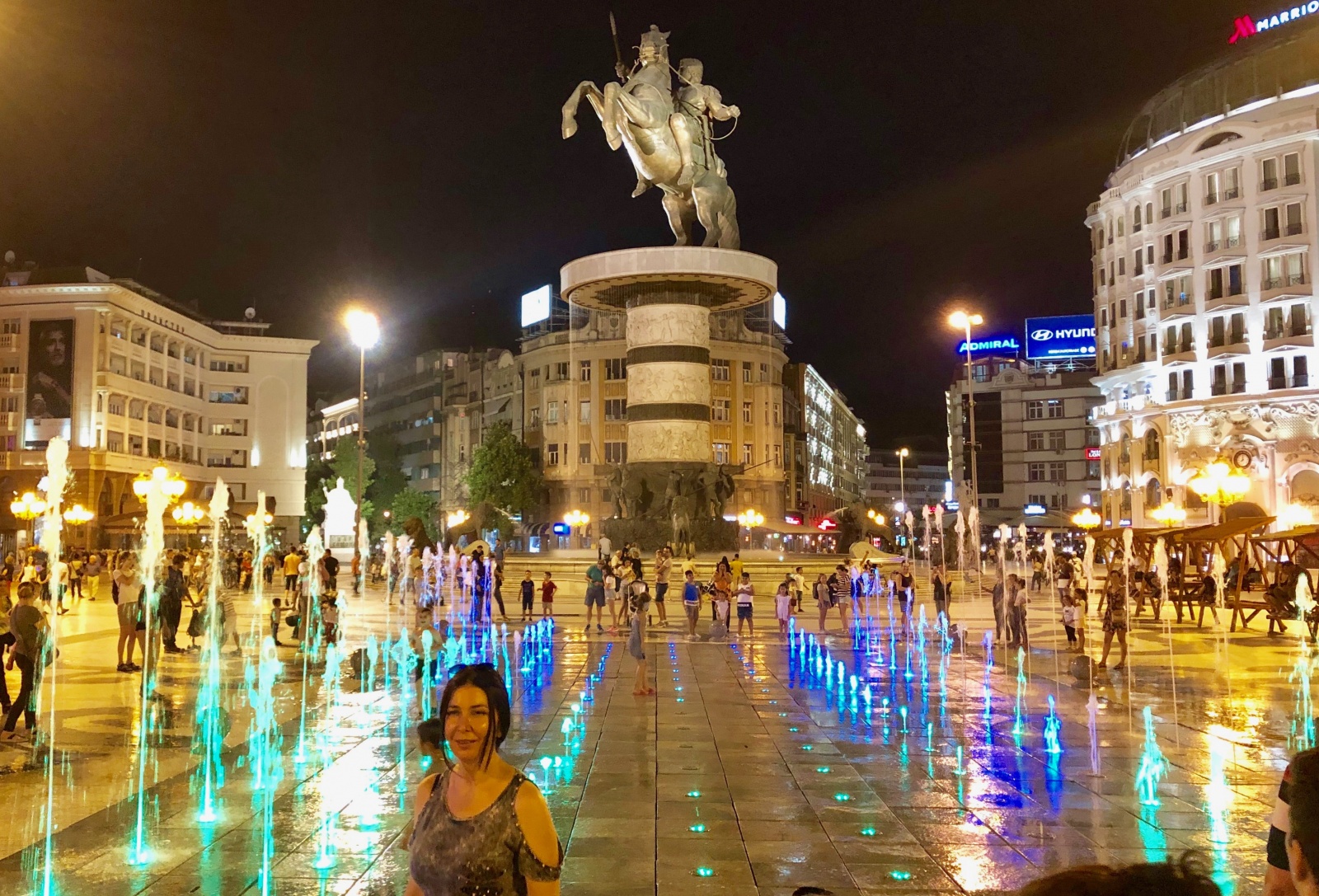
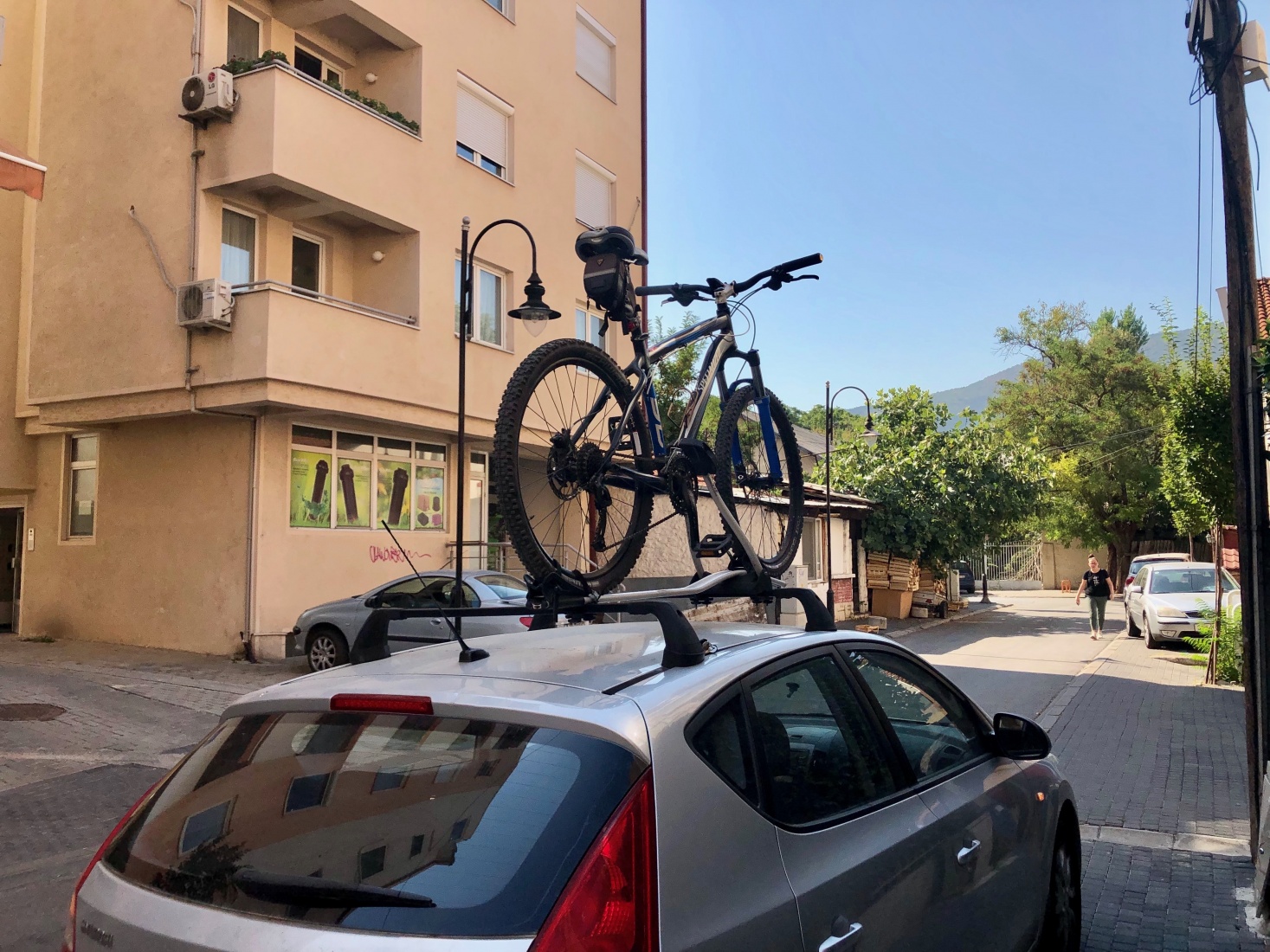
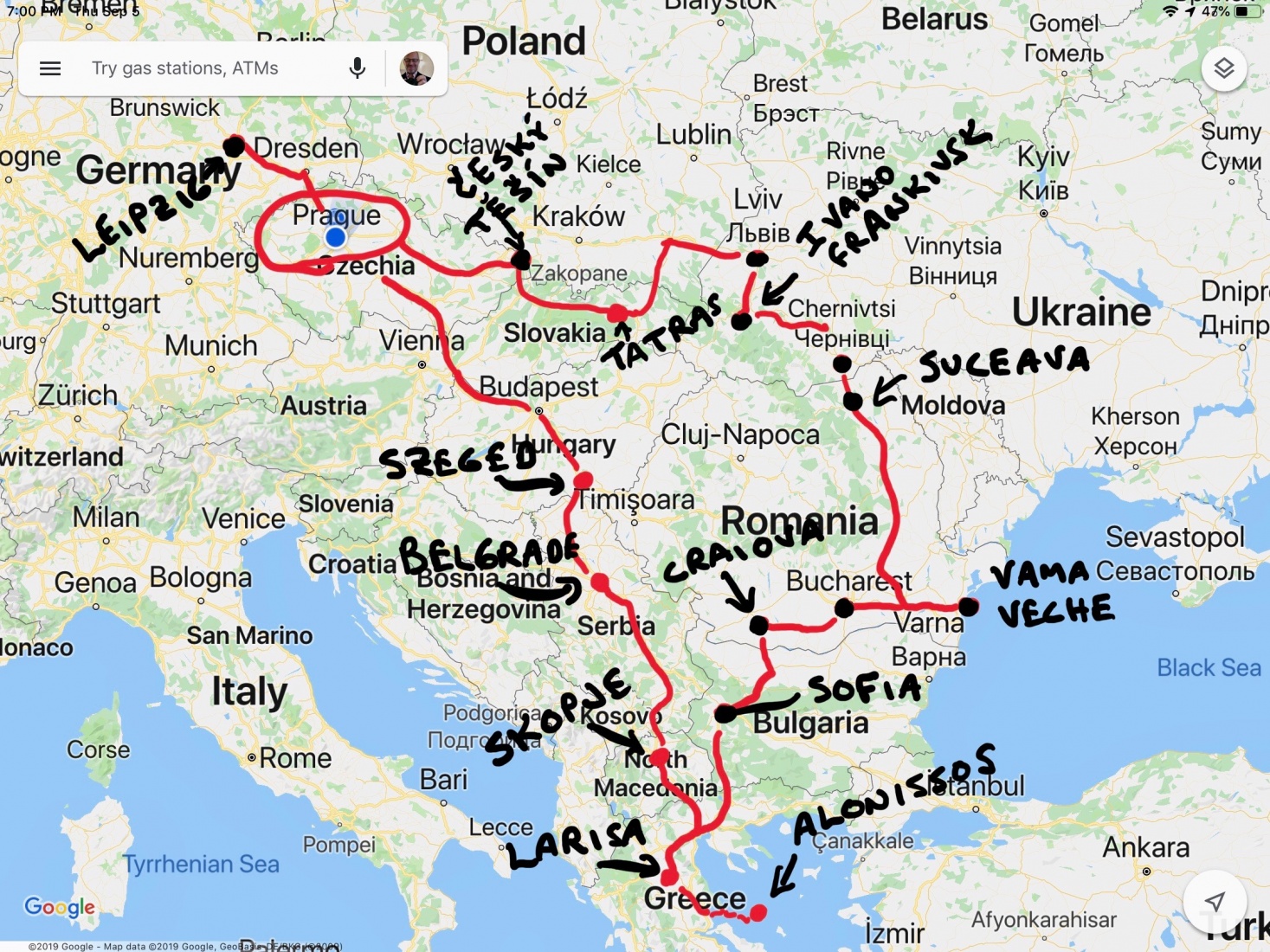
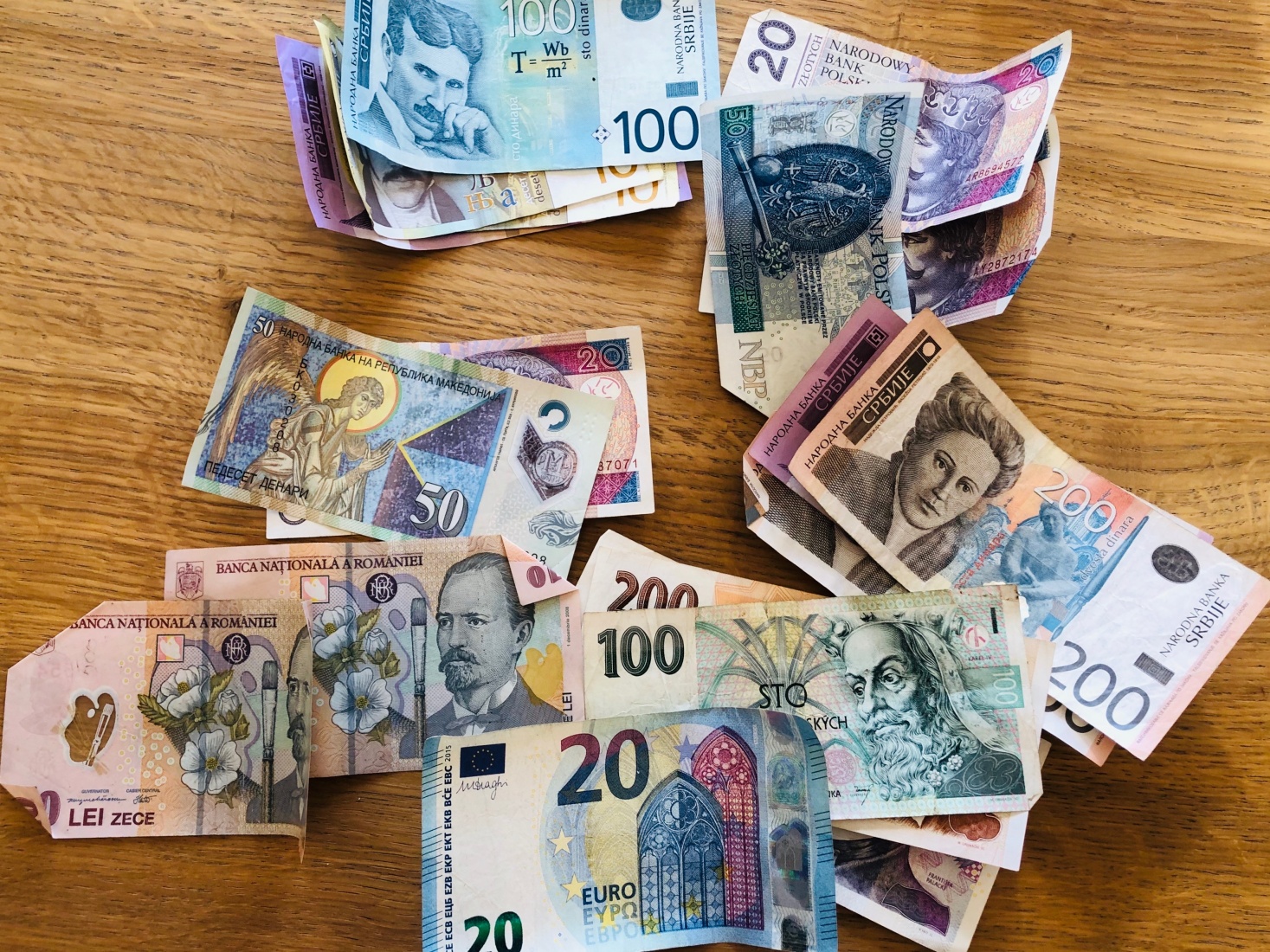
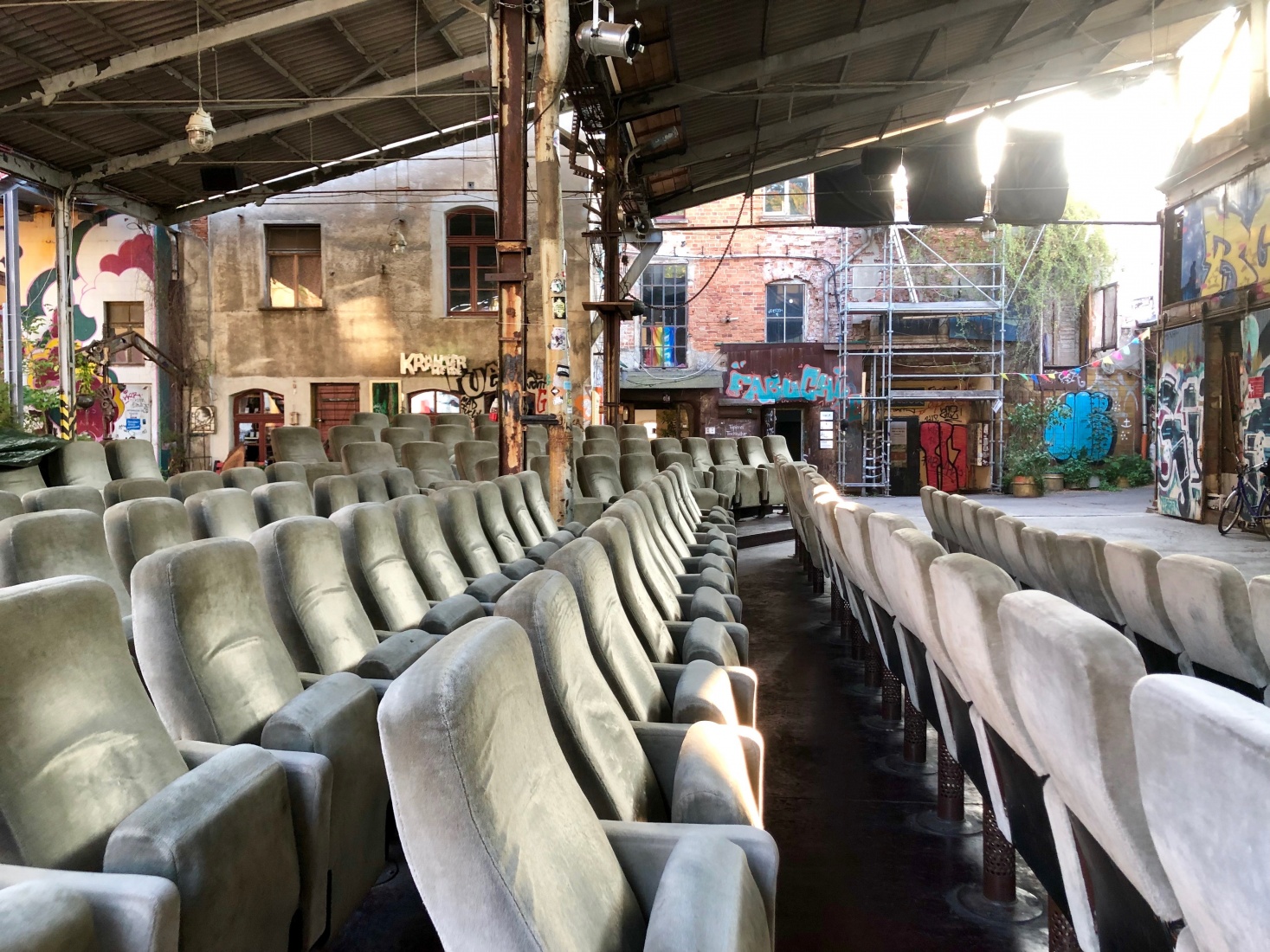
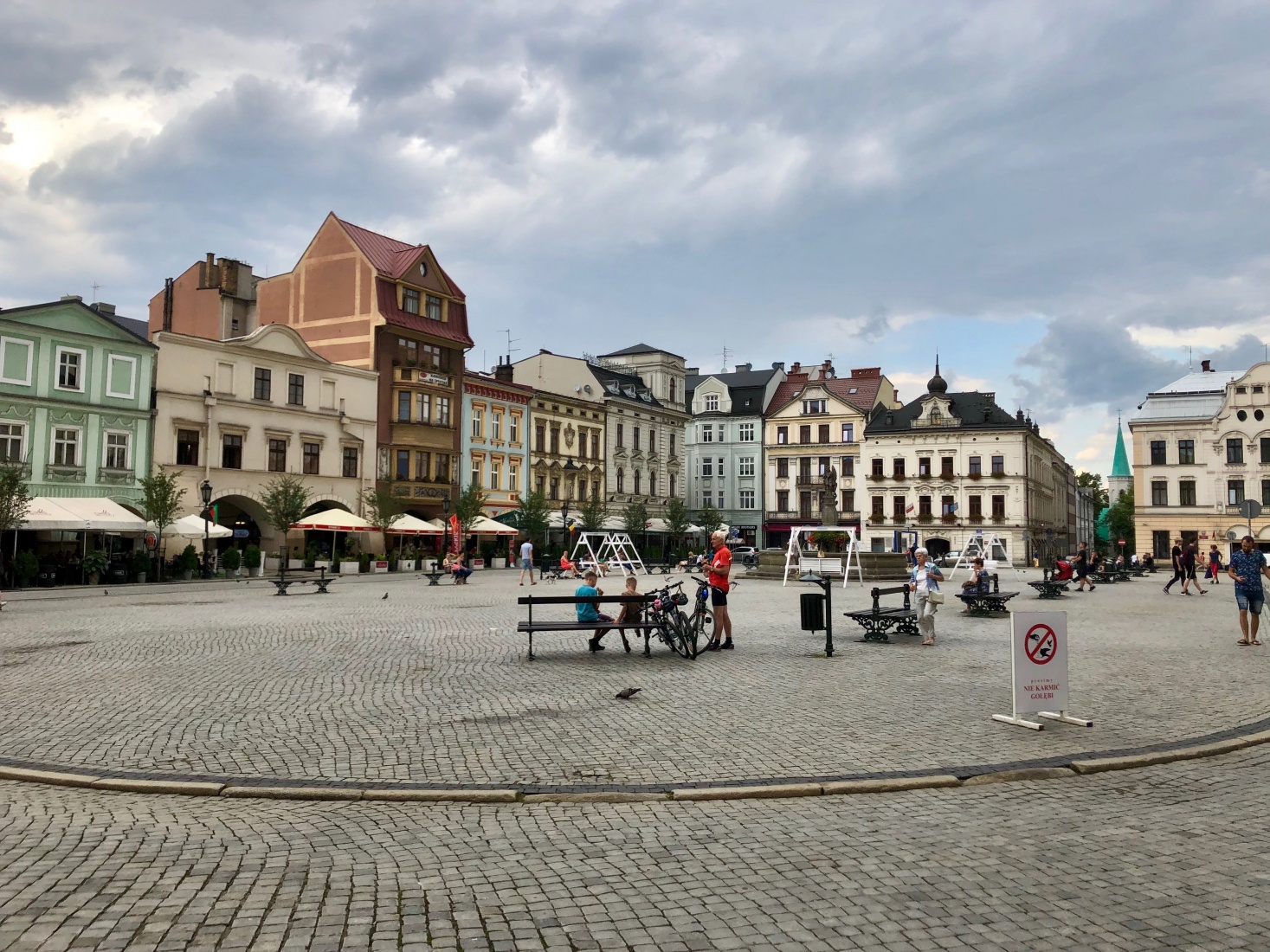
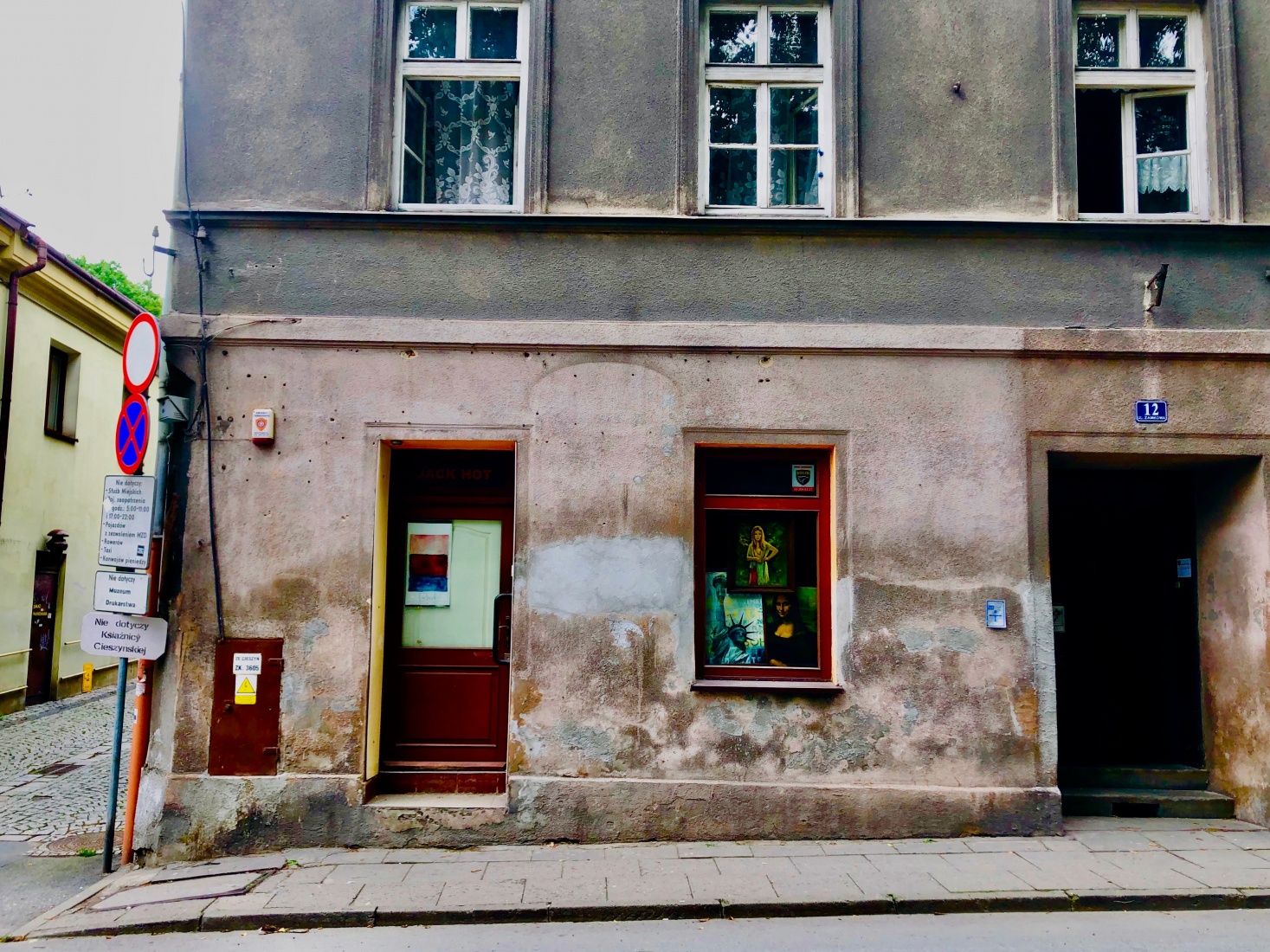
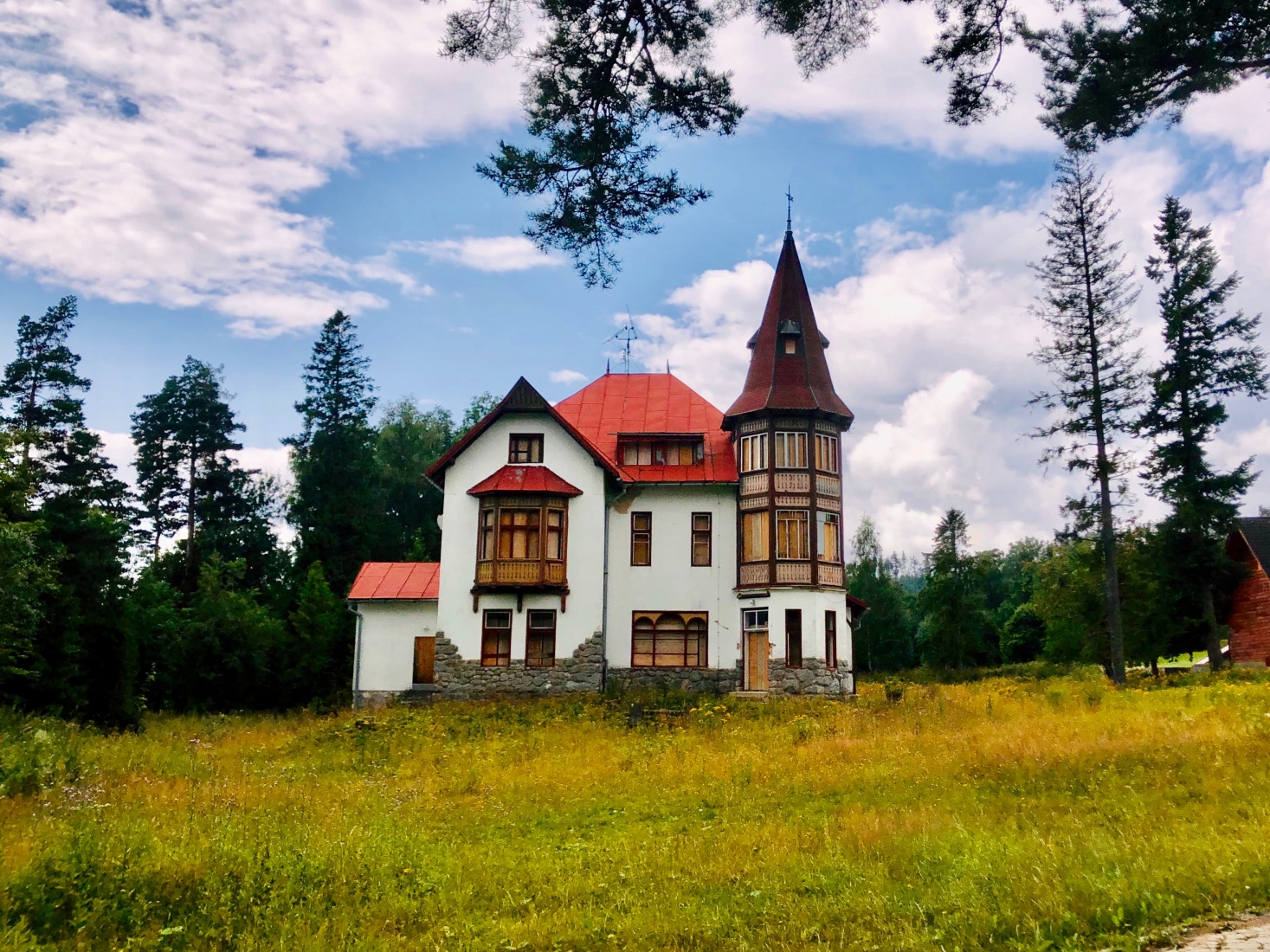
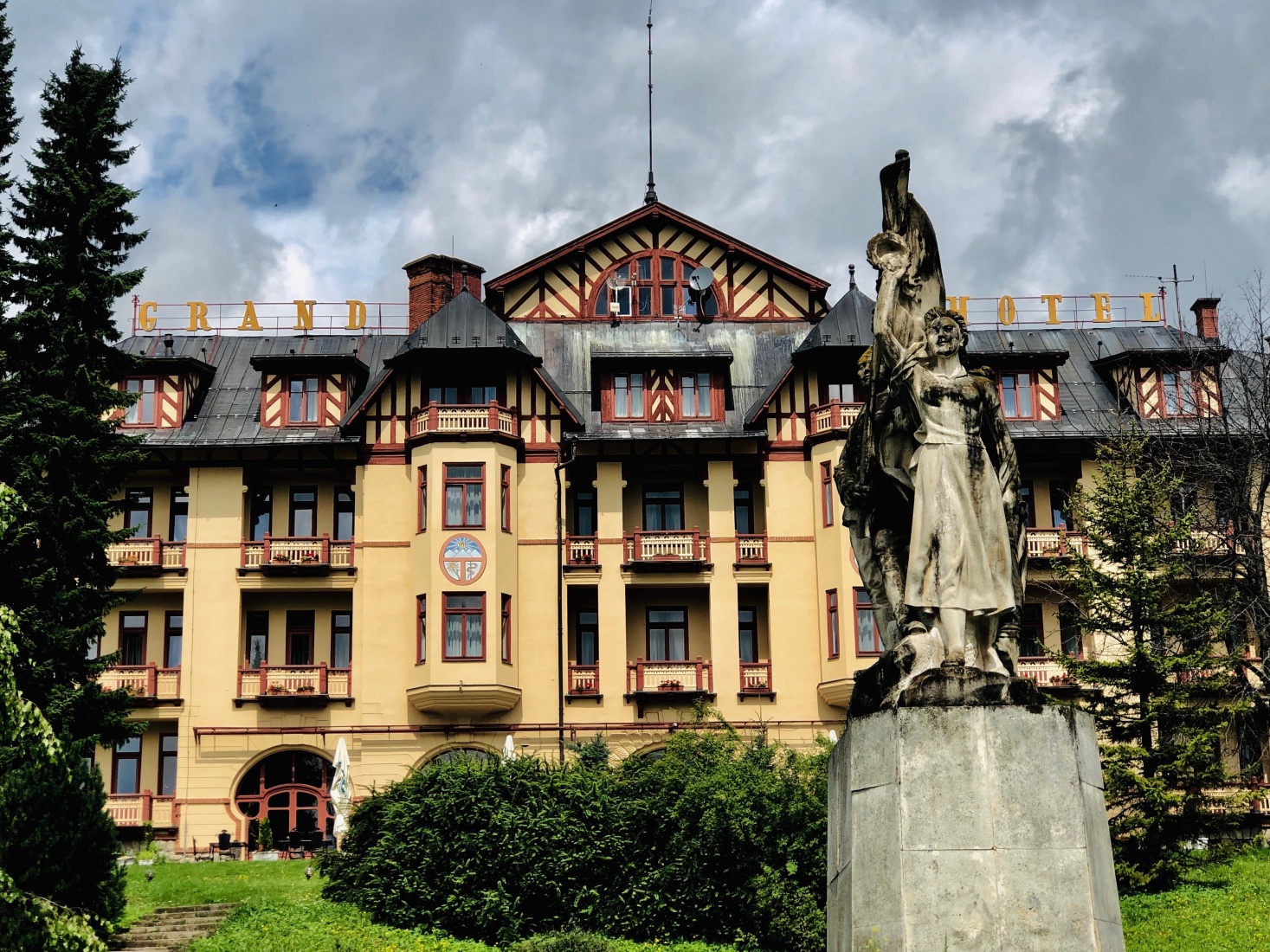
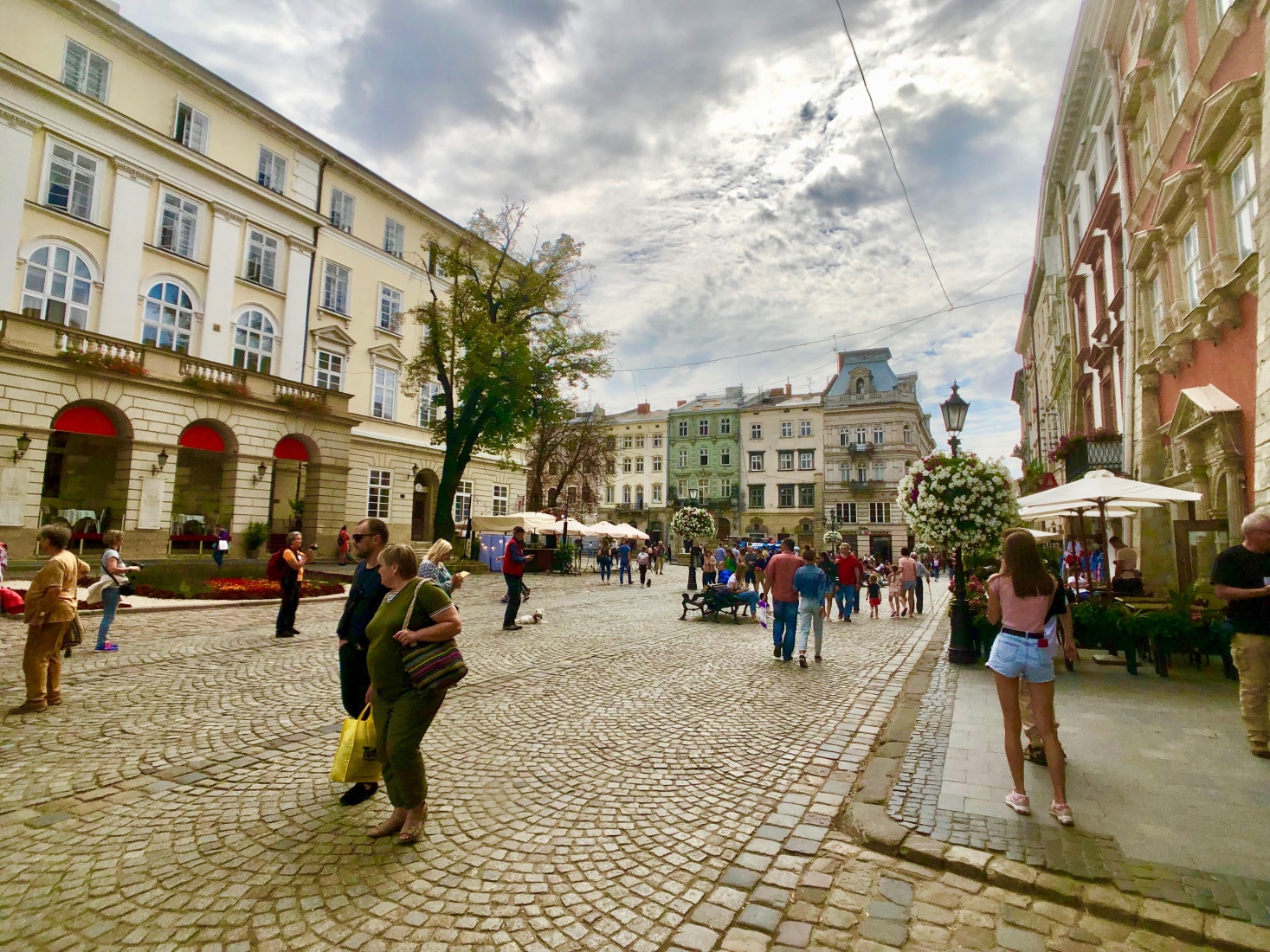
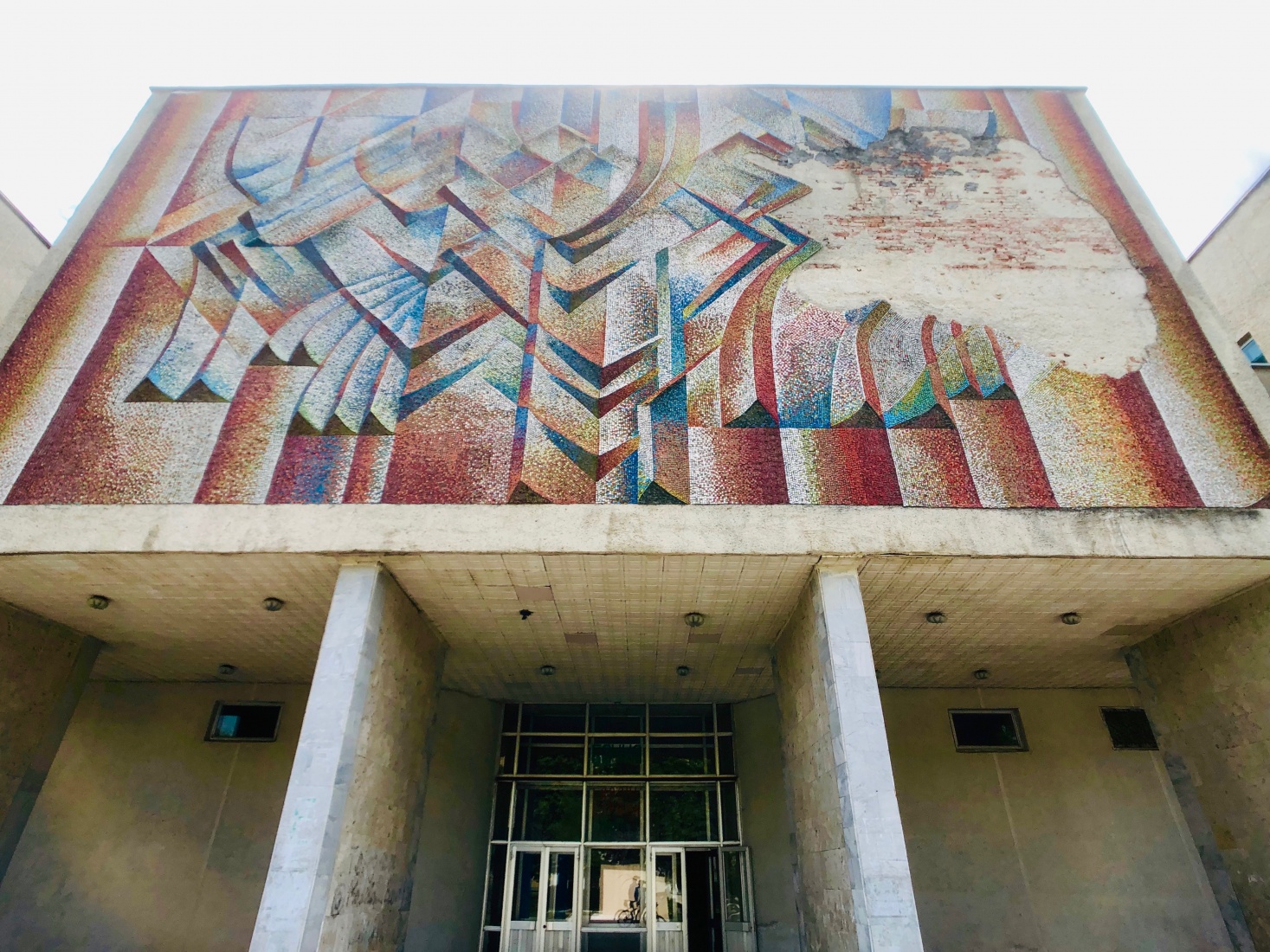
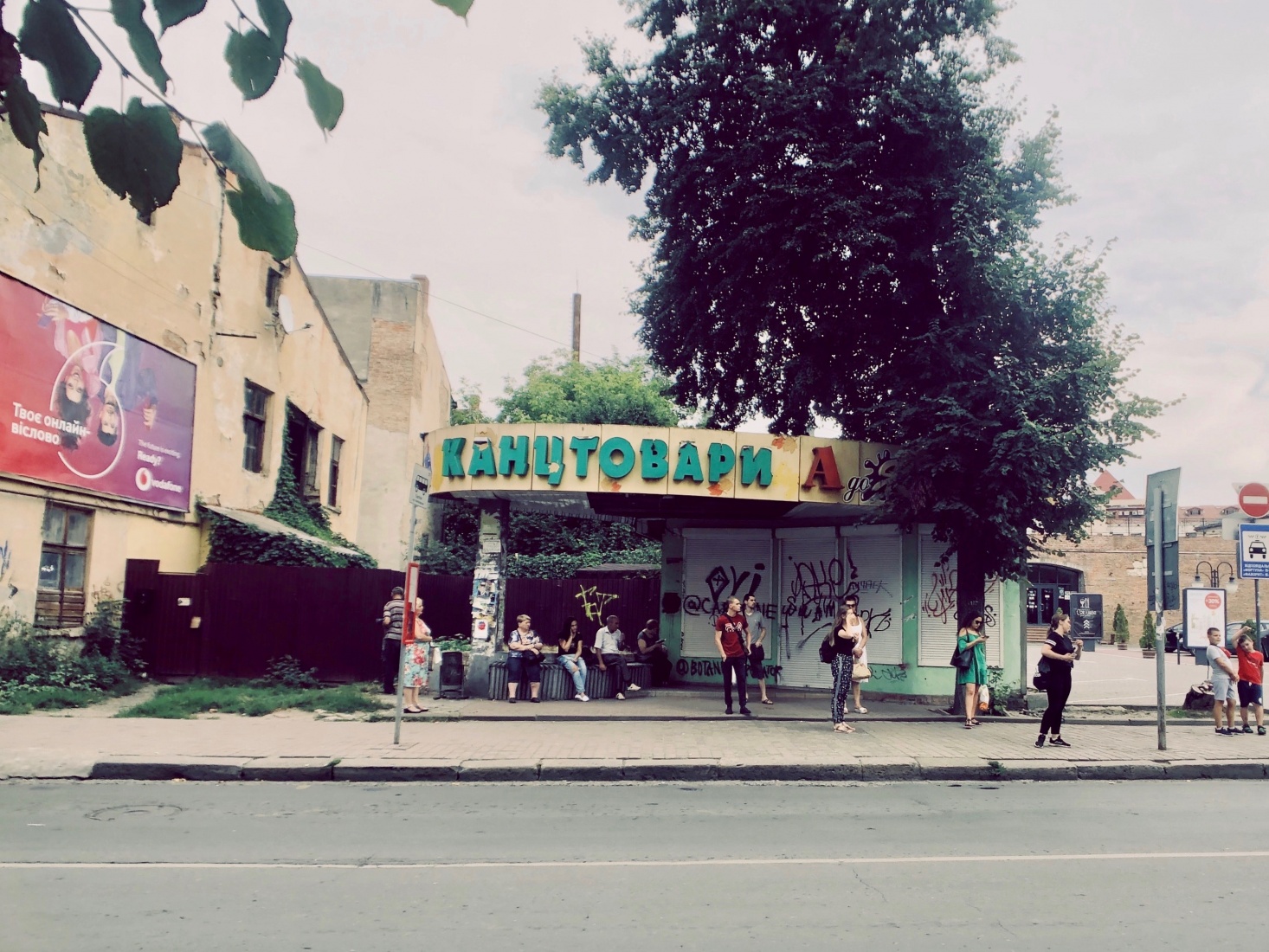
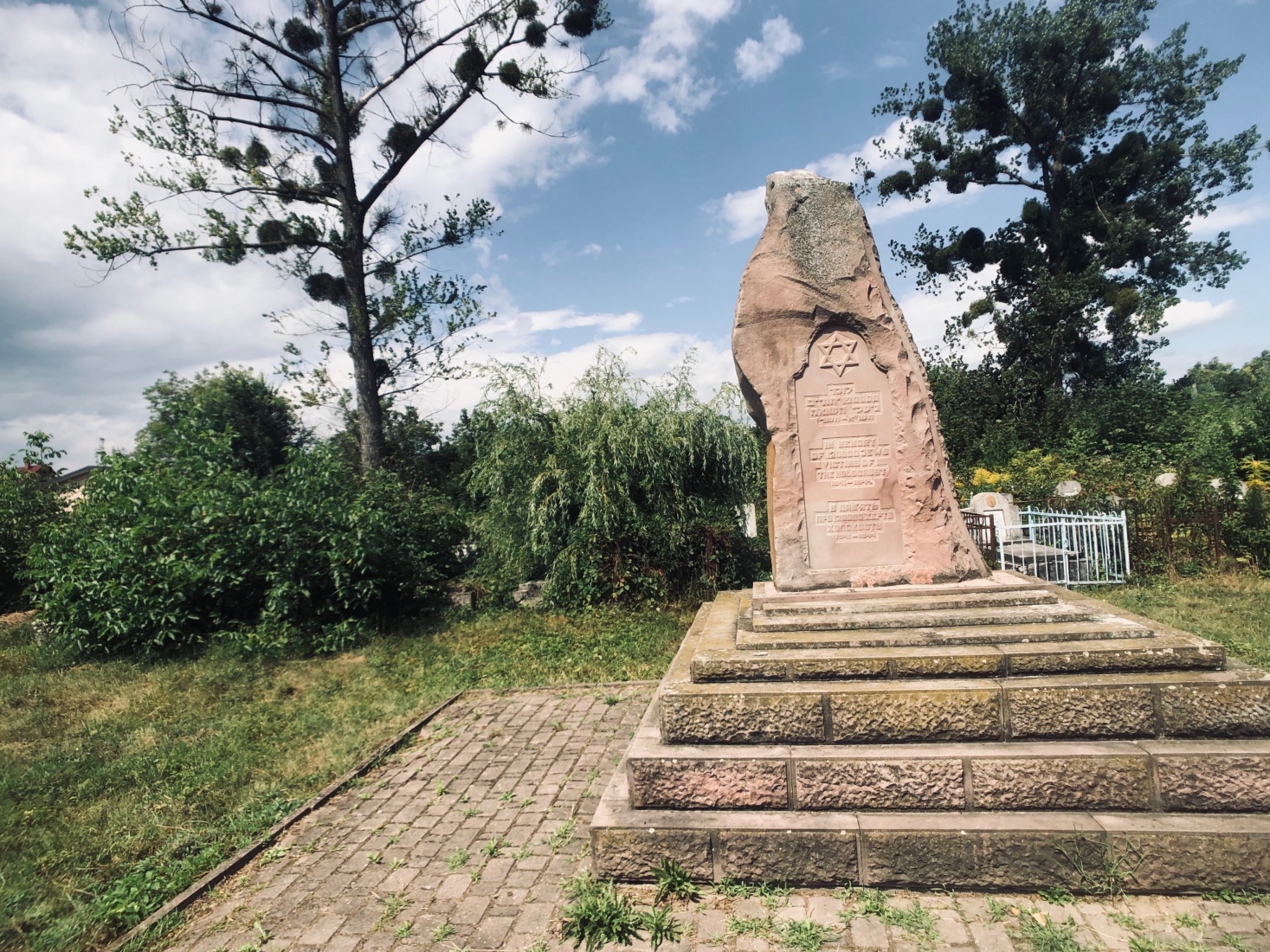


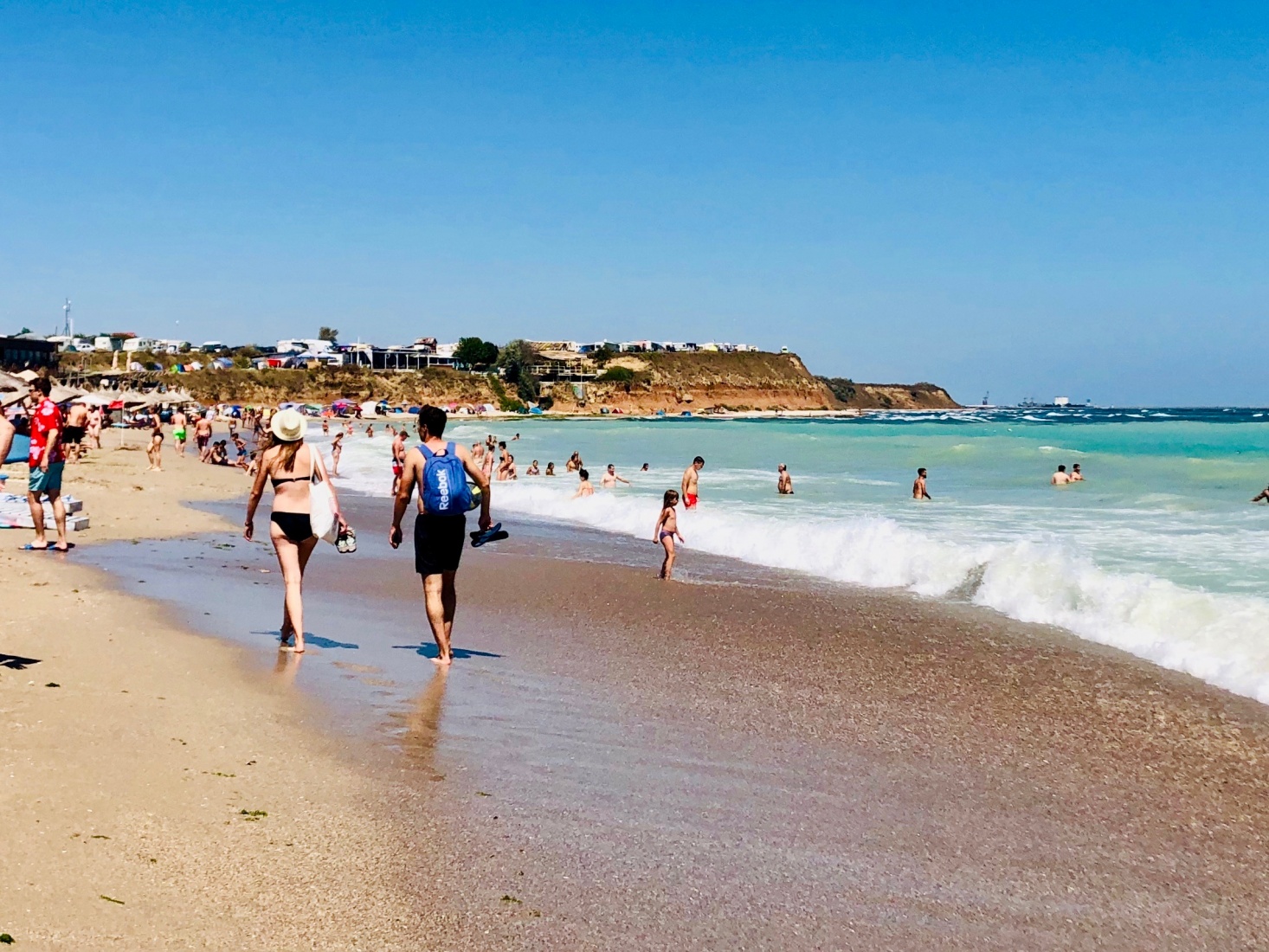
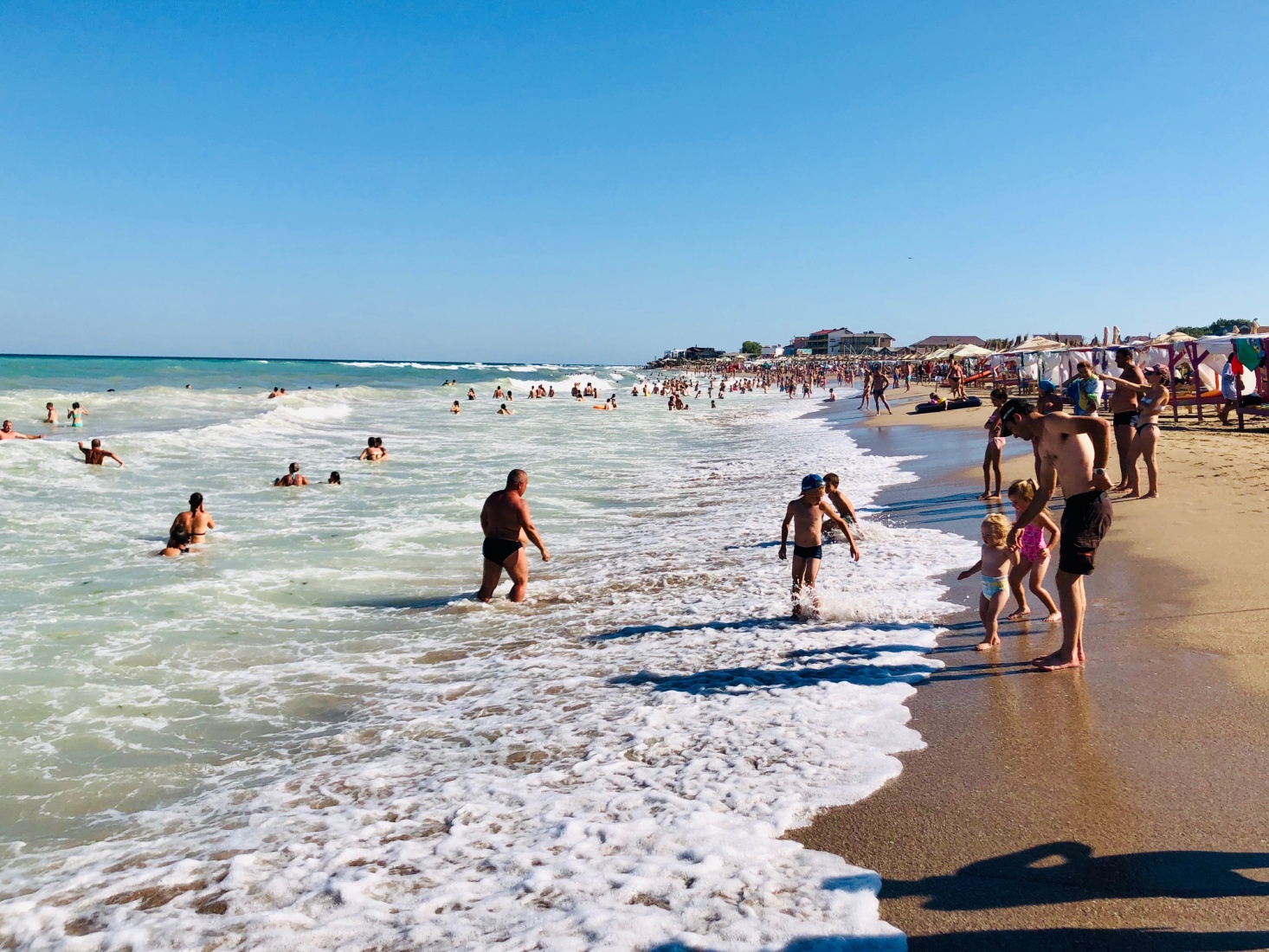

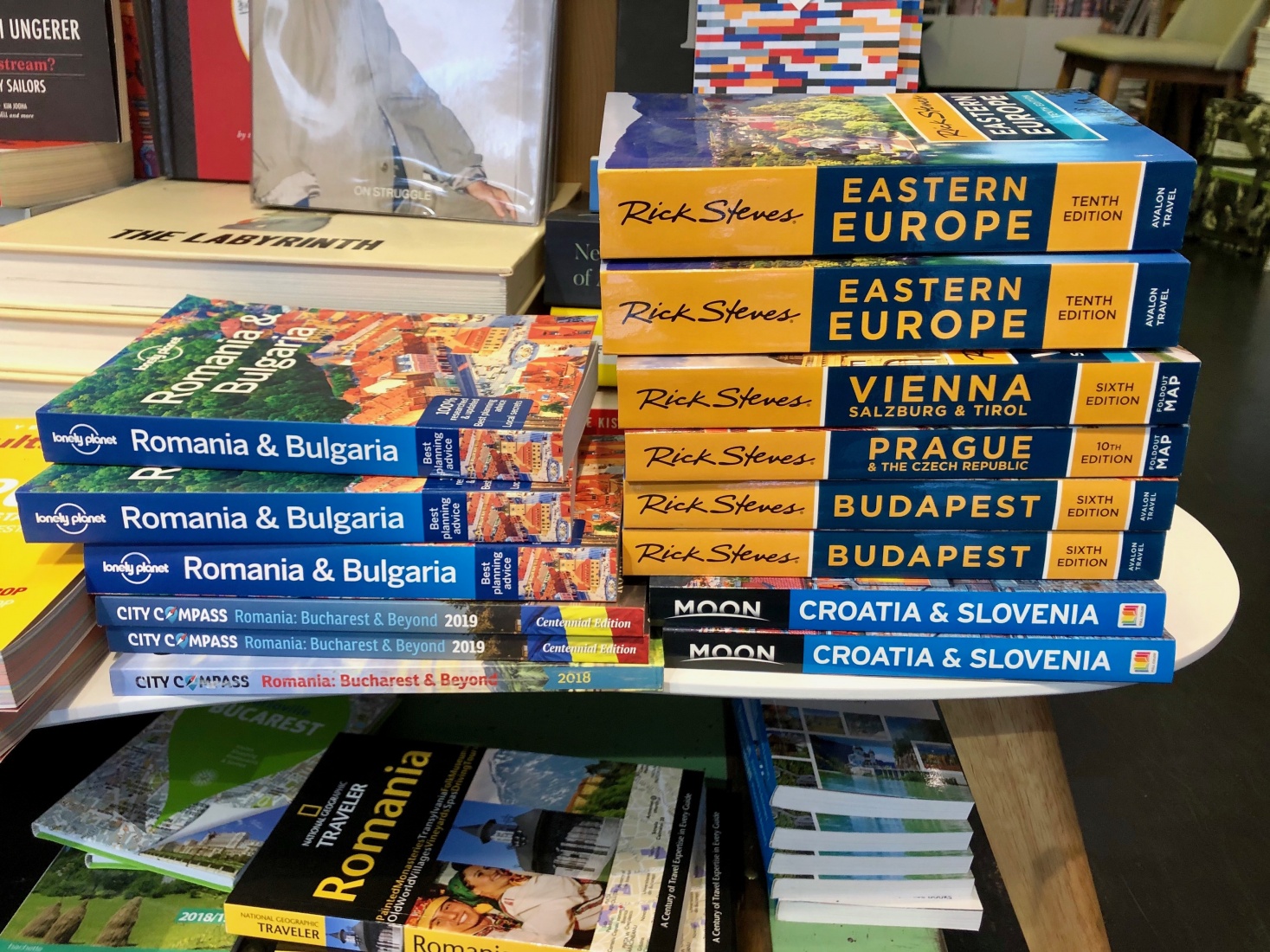
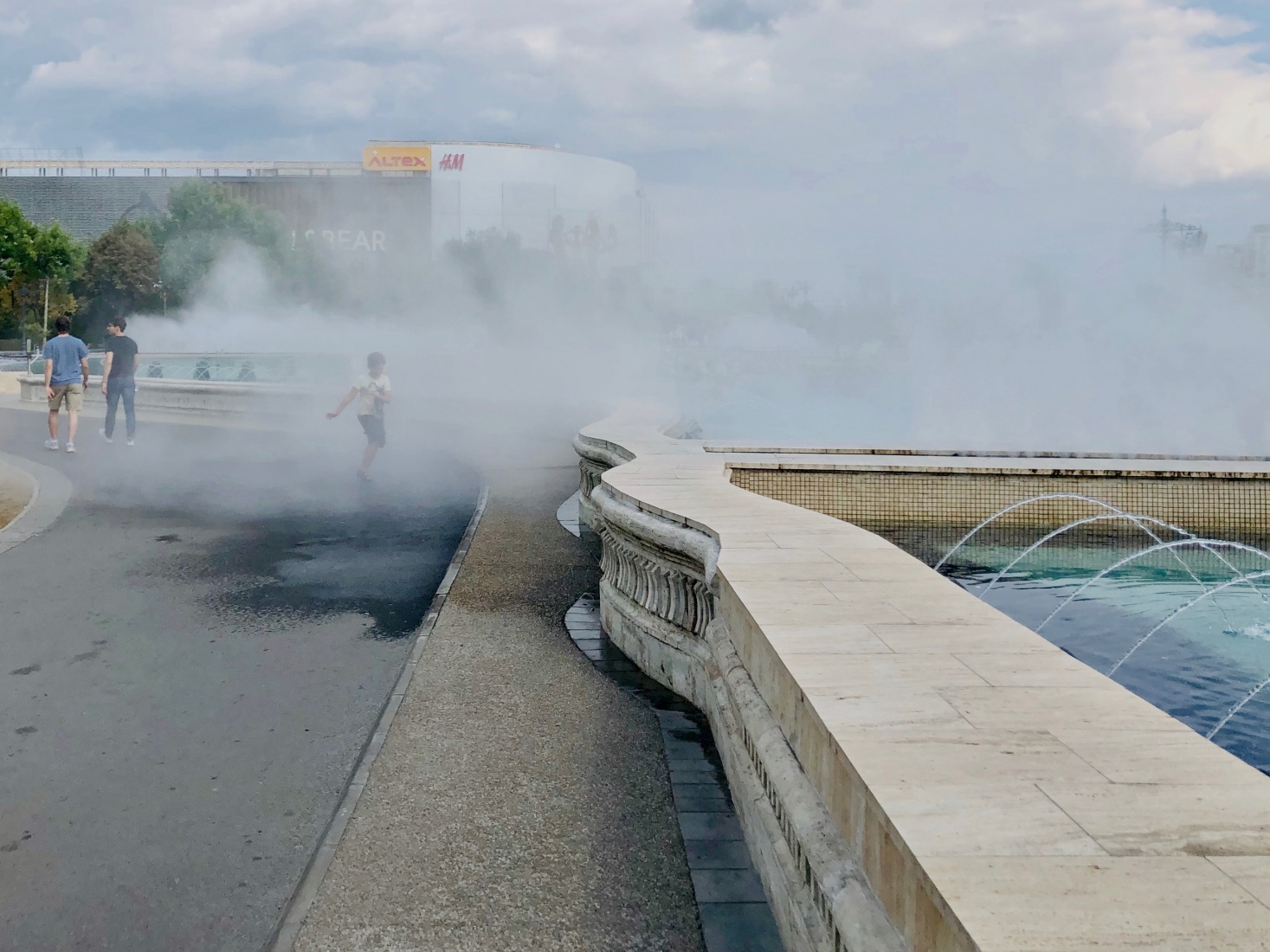
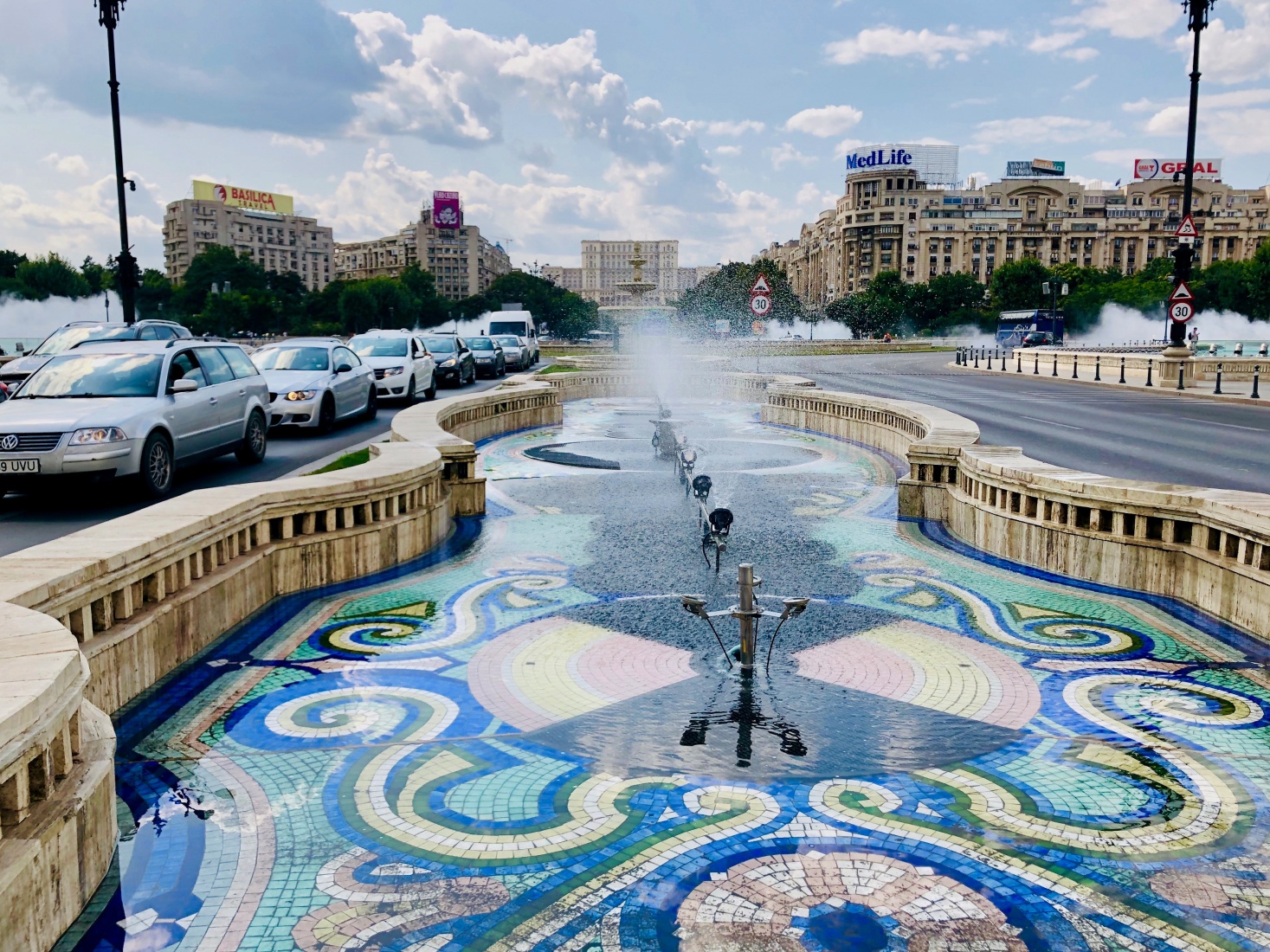
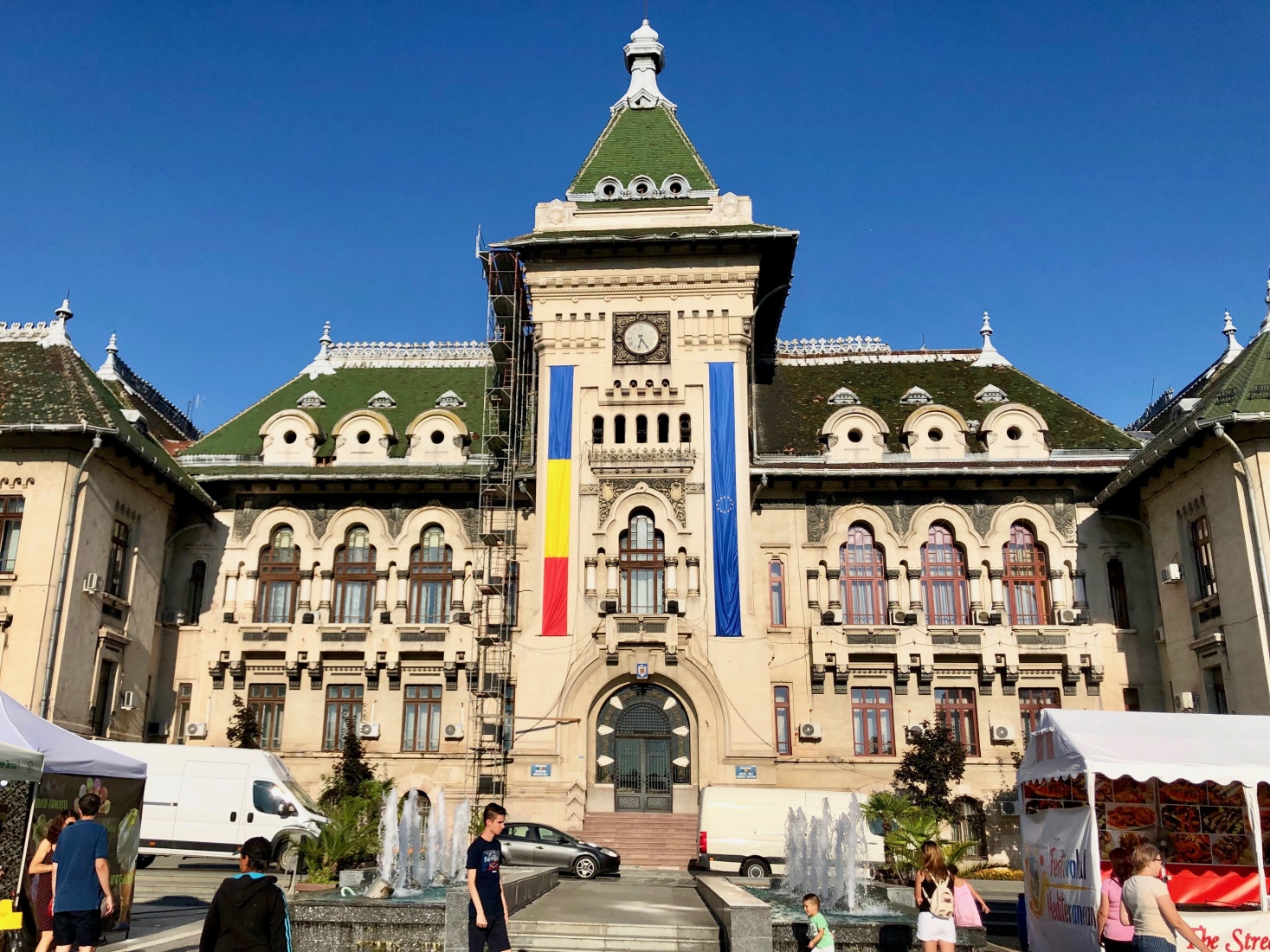
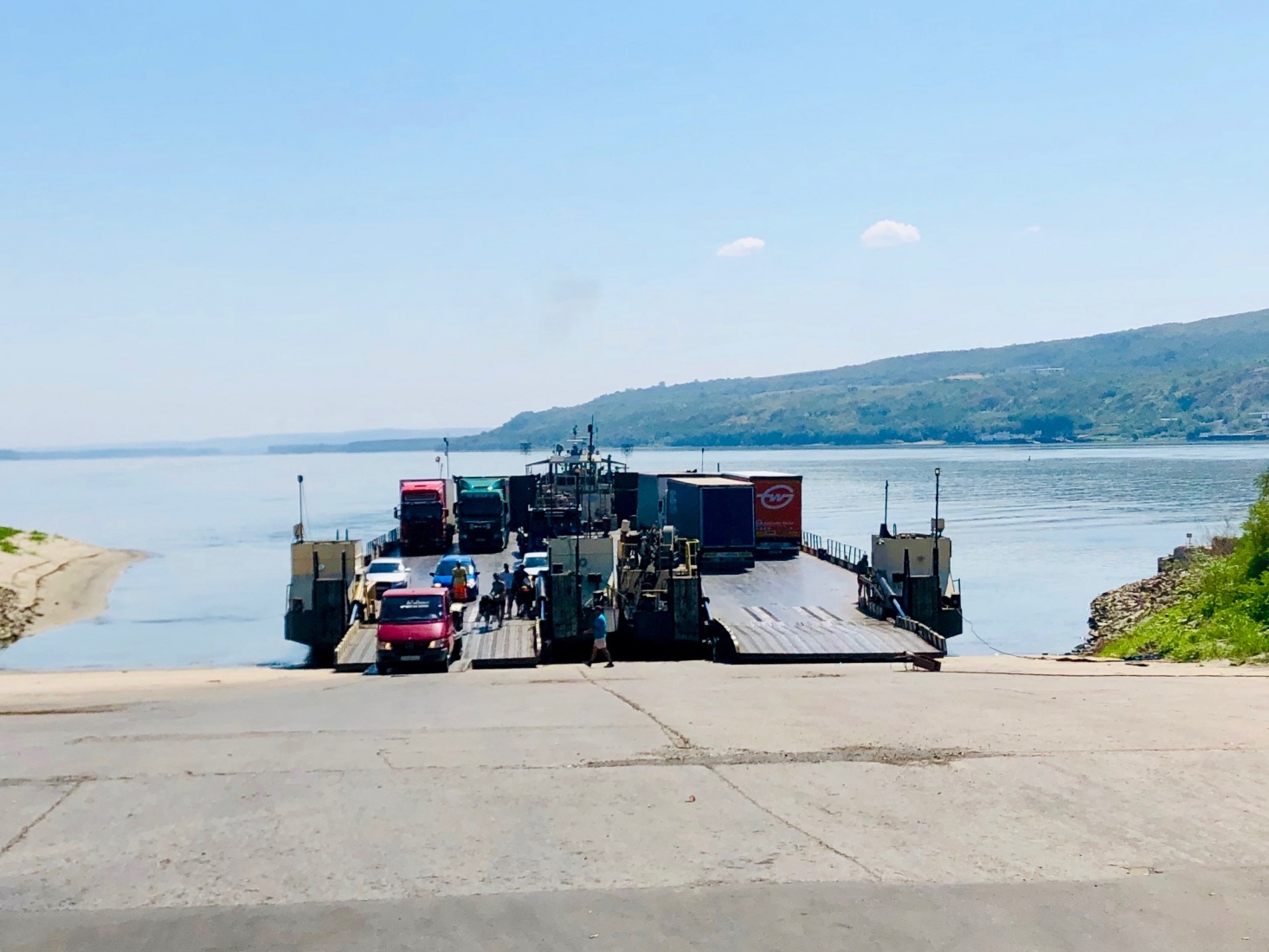
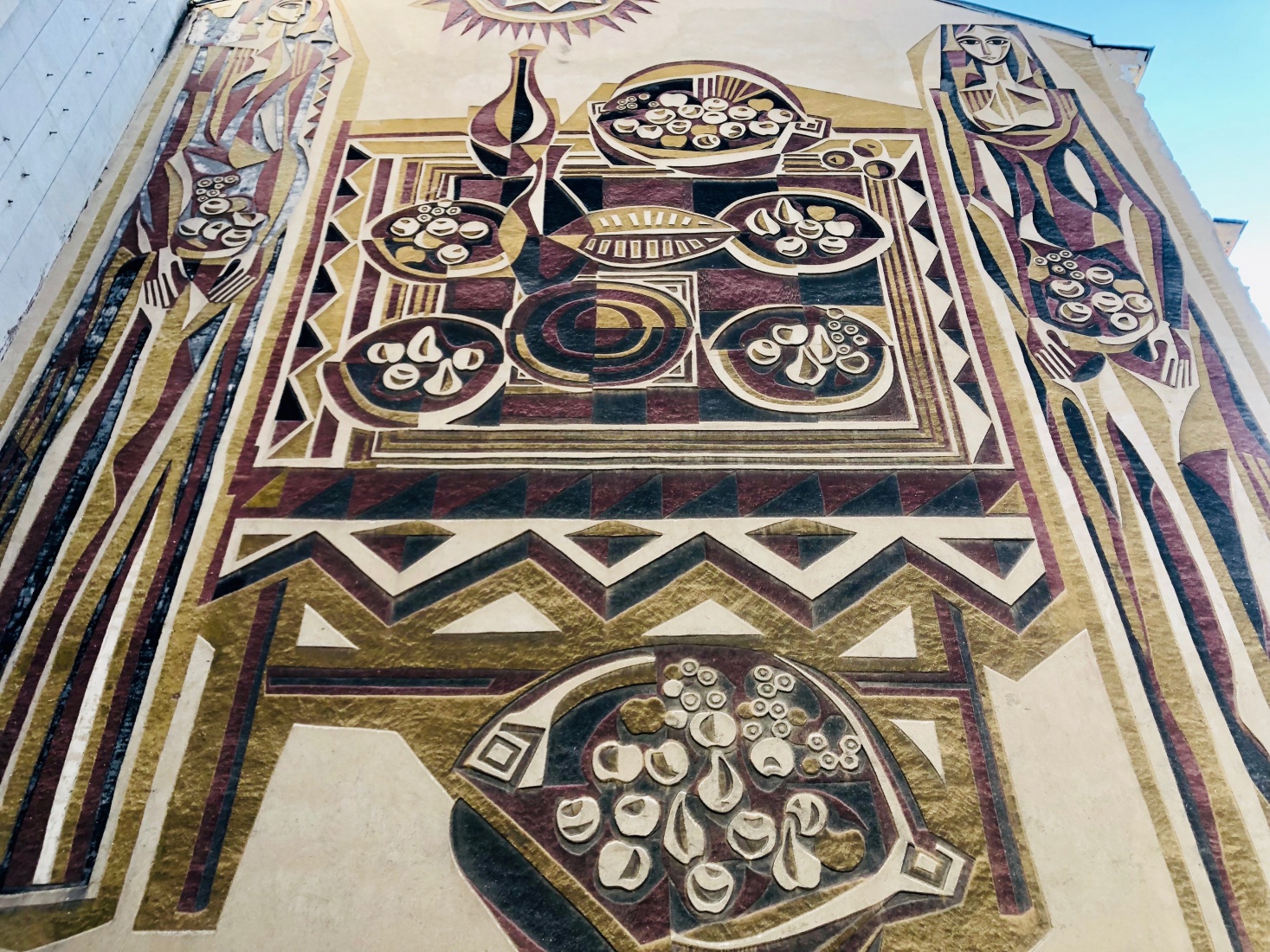
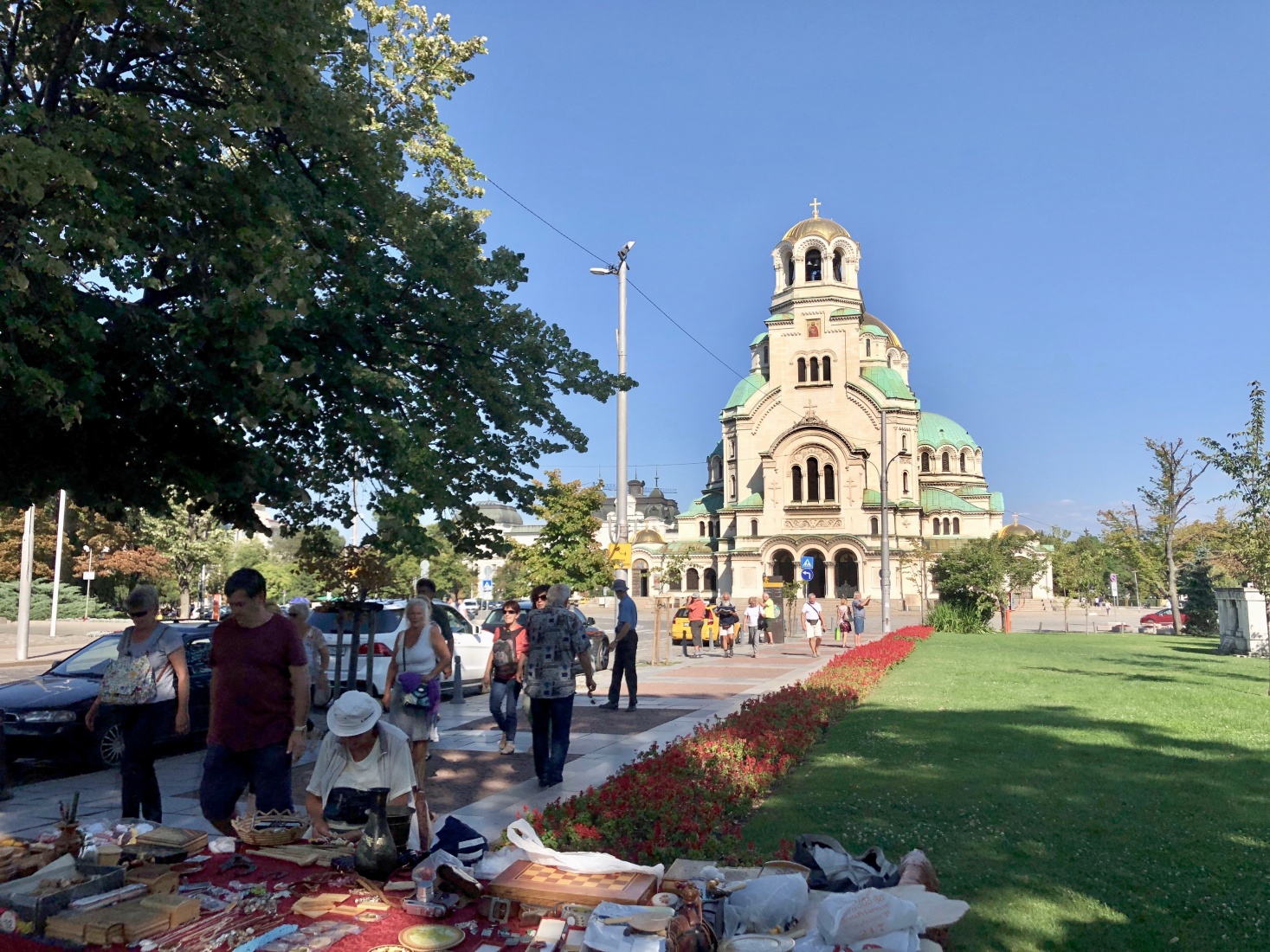
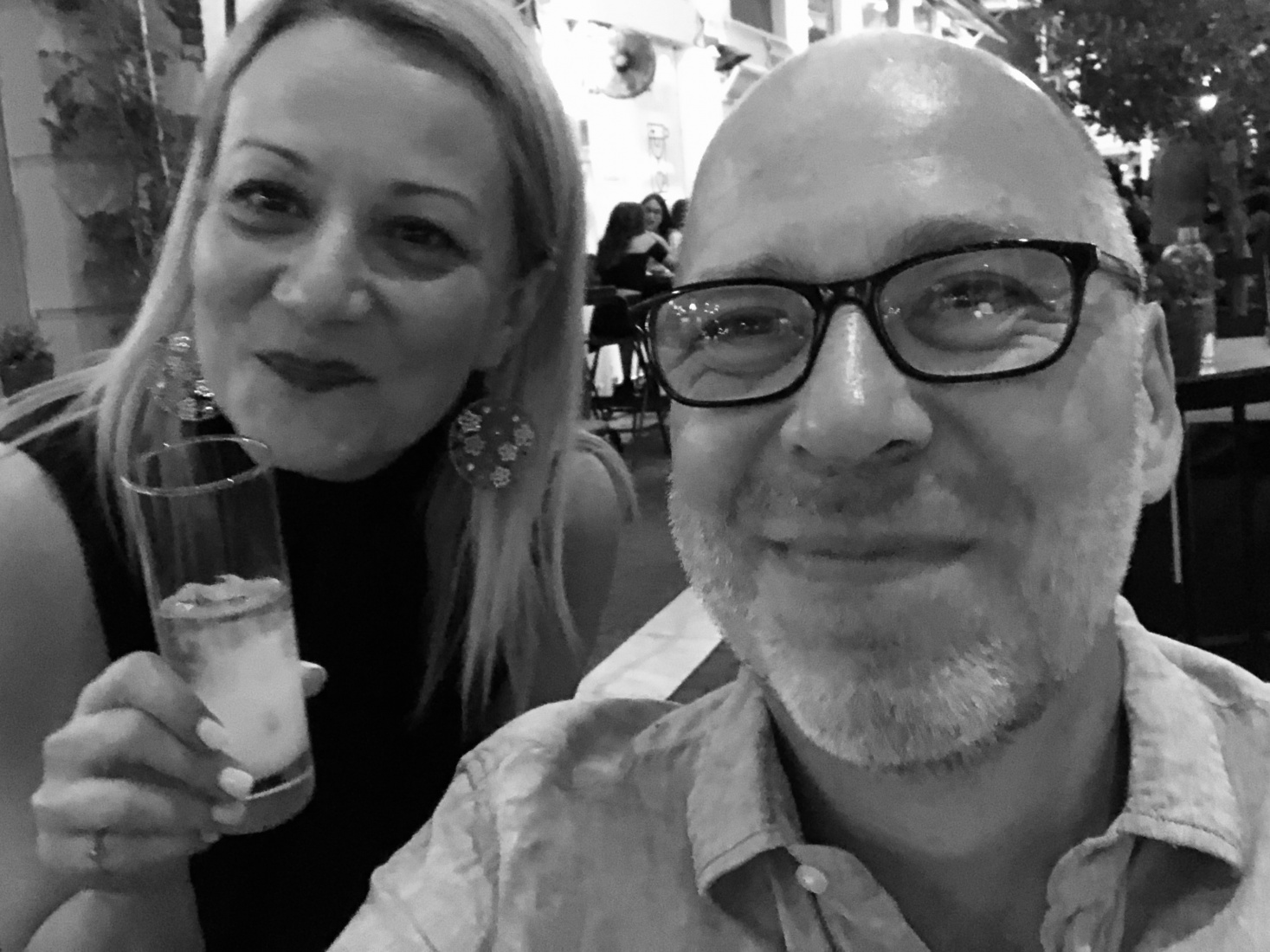
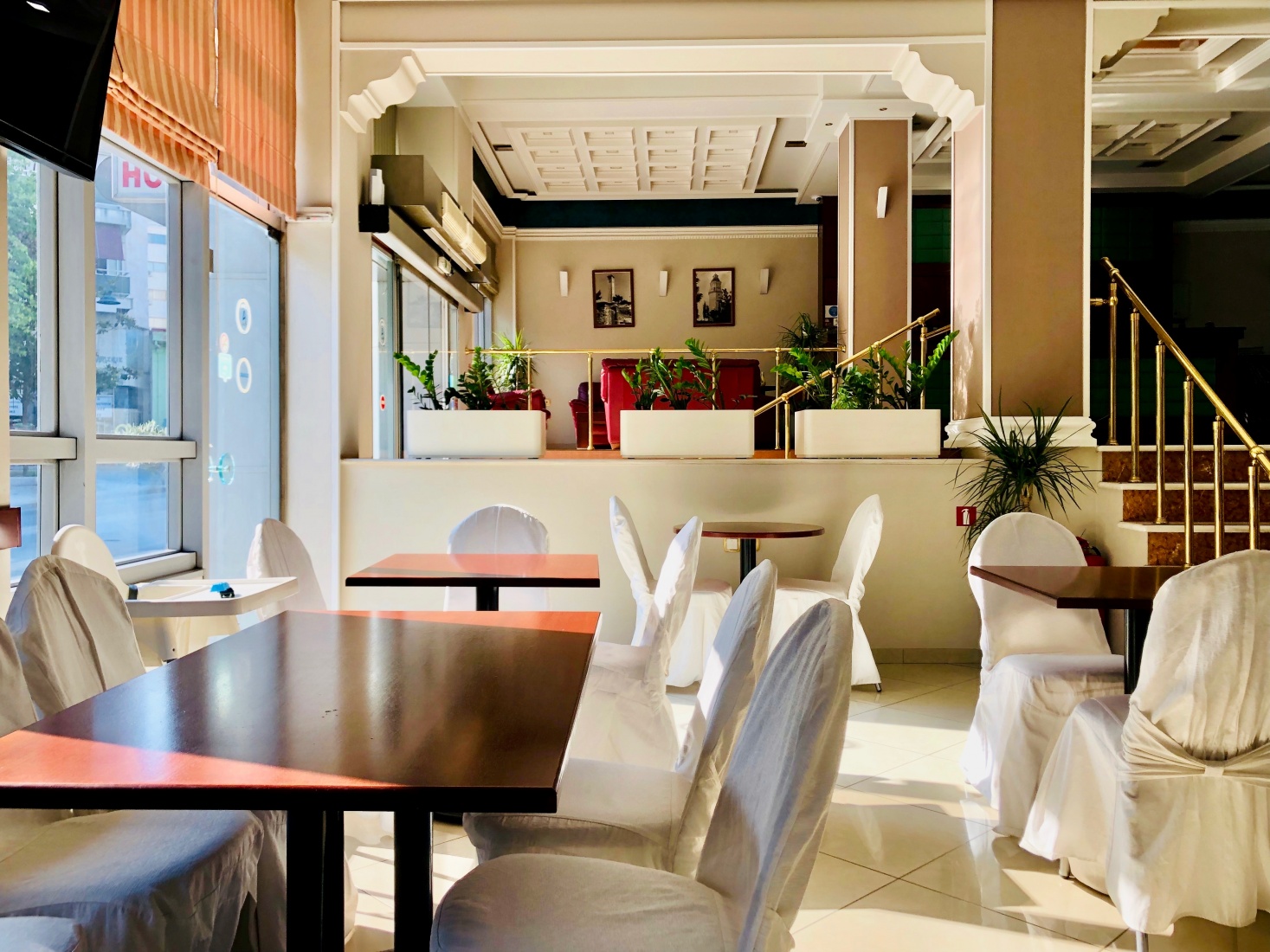

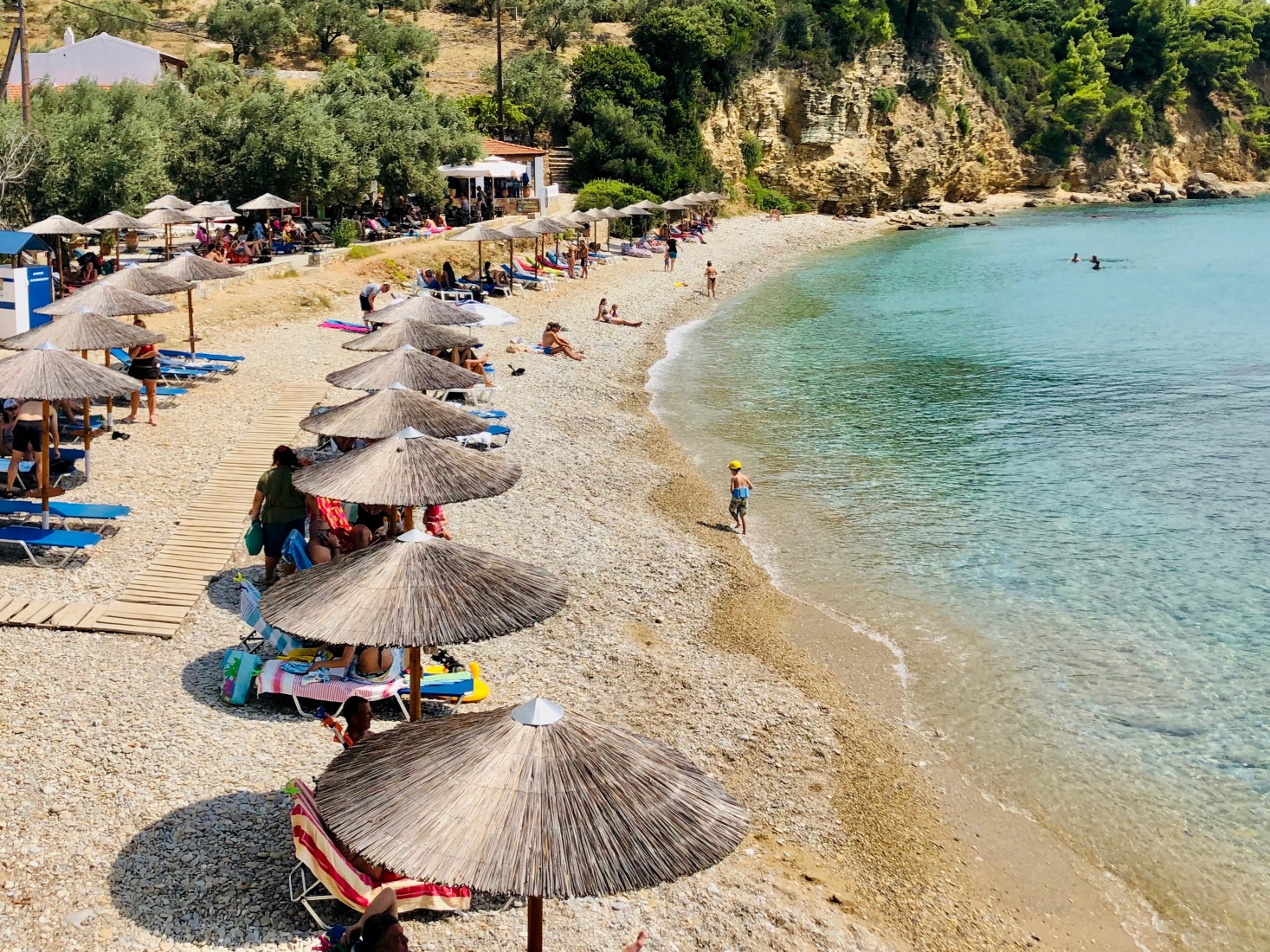
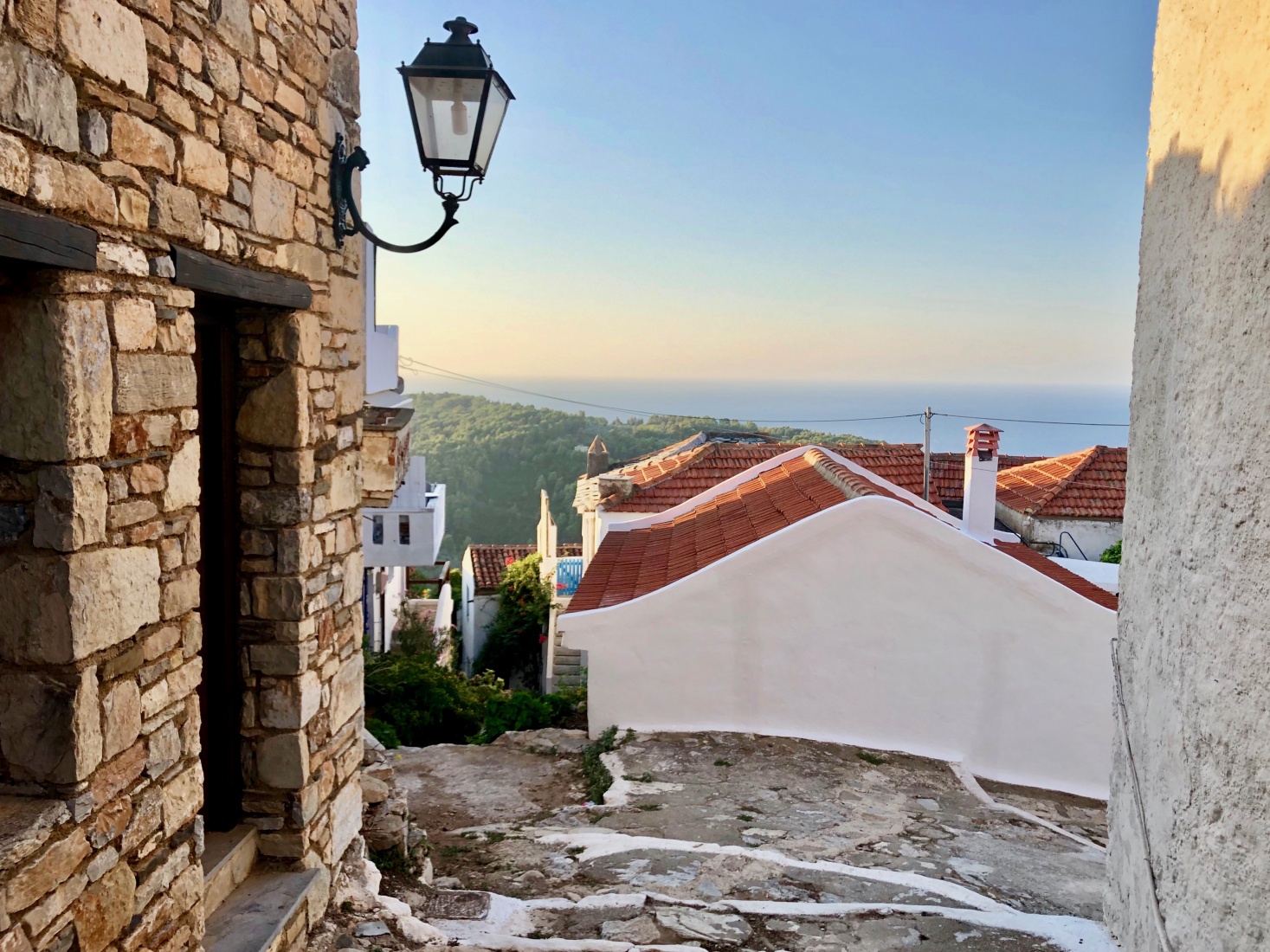
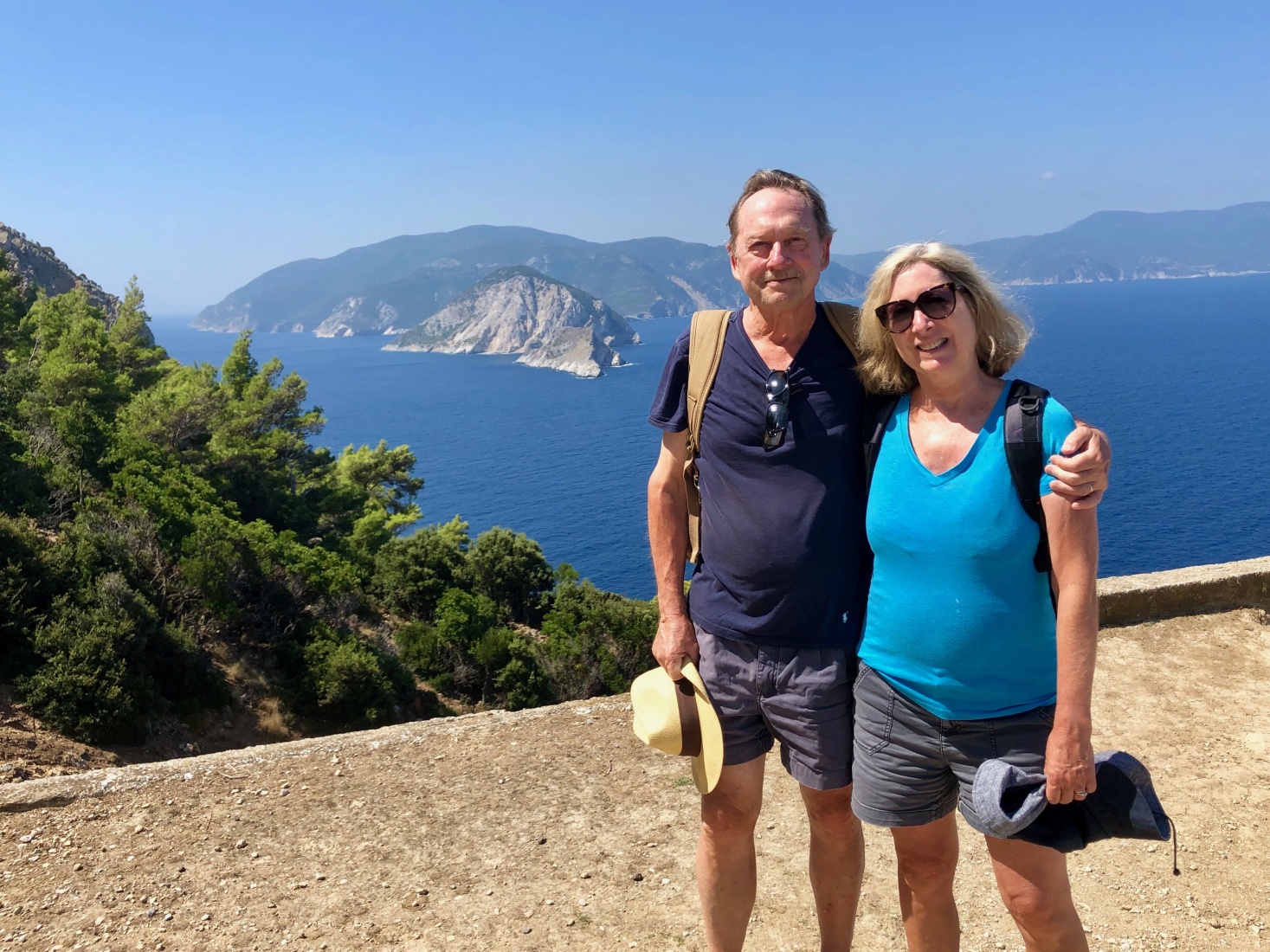
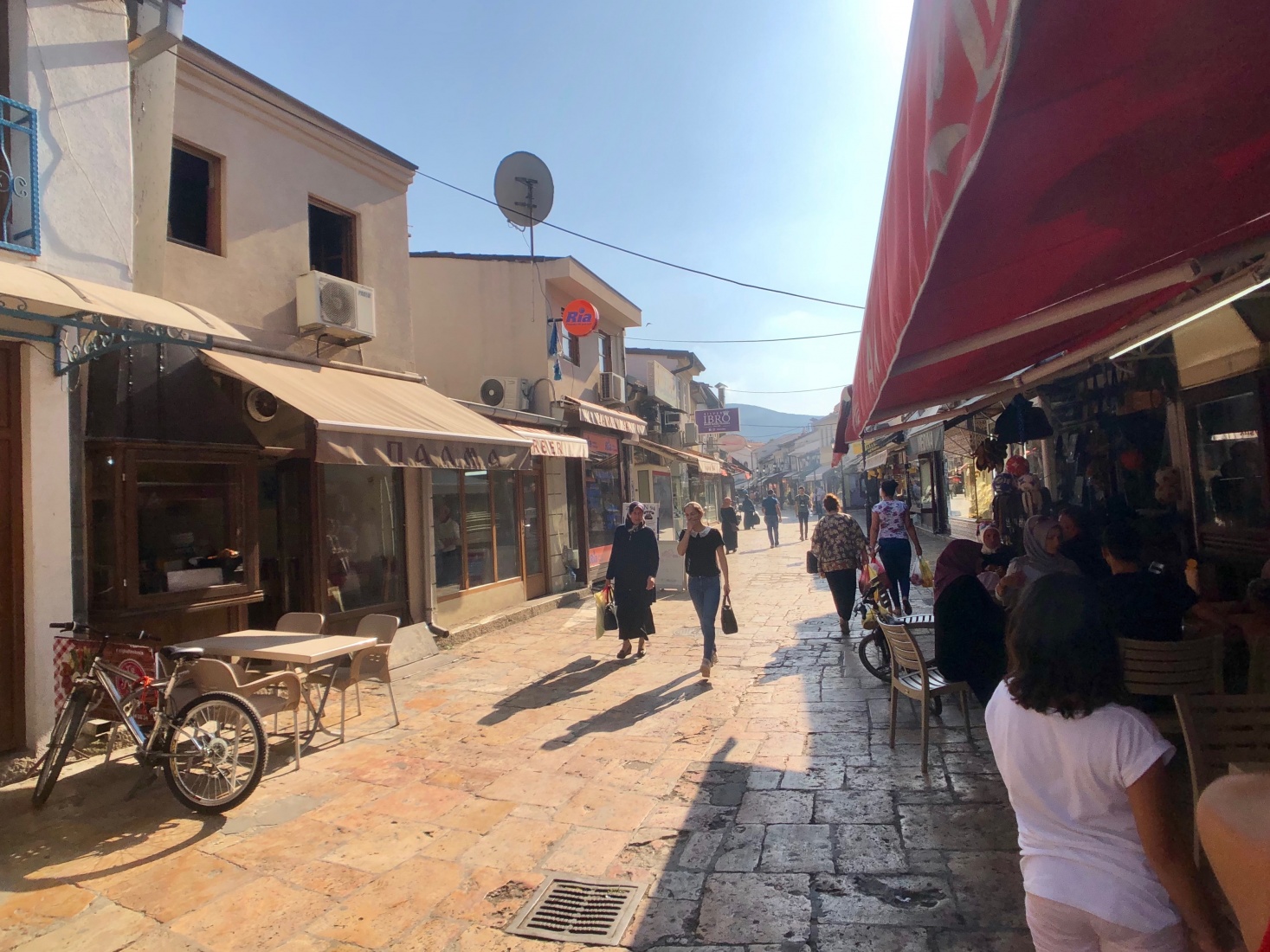
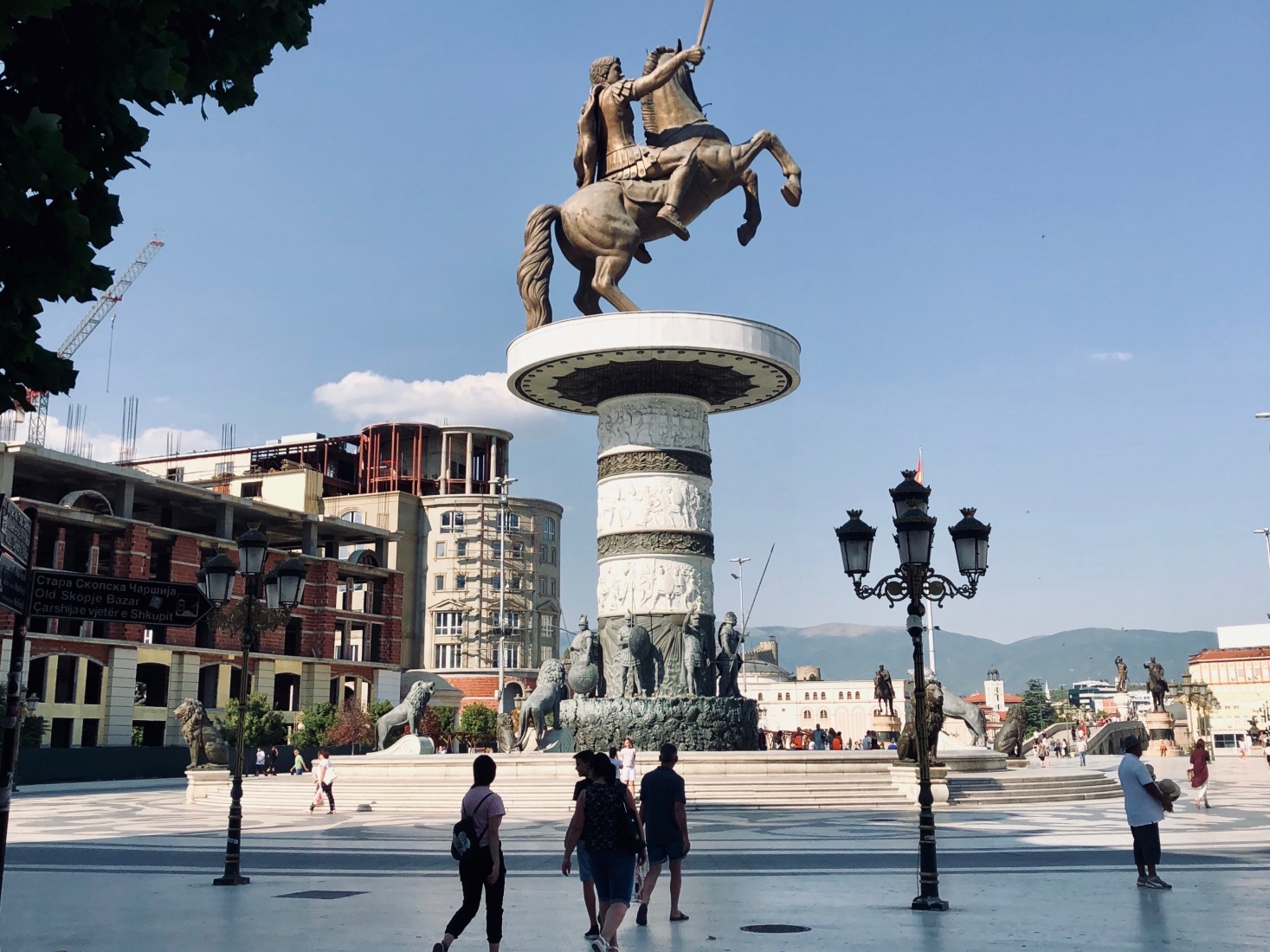

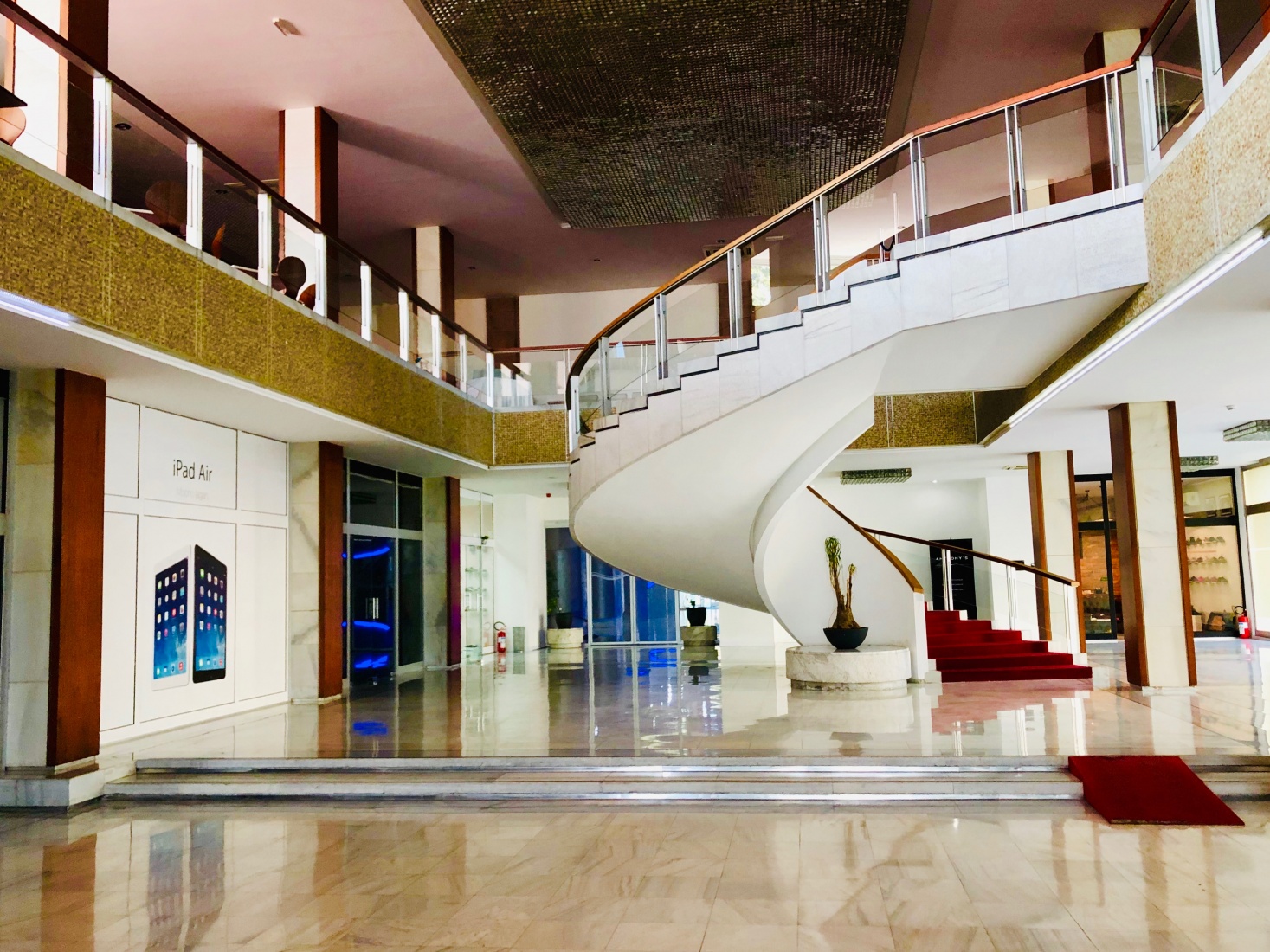

Great article, stirs up the wanderlust !